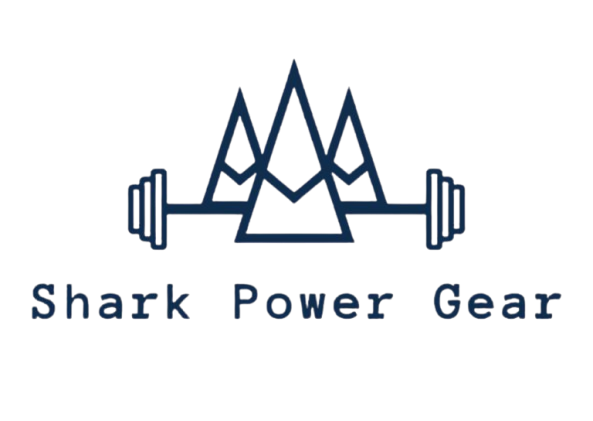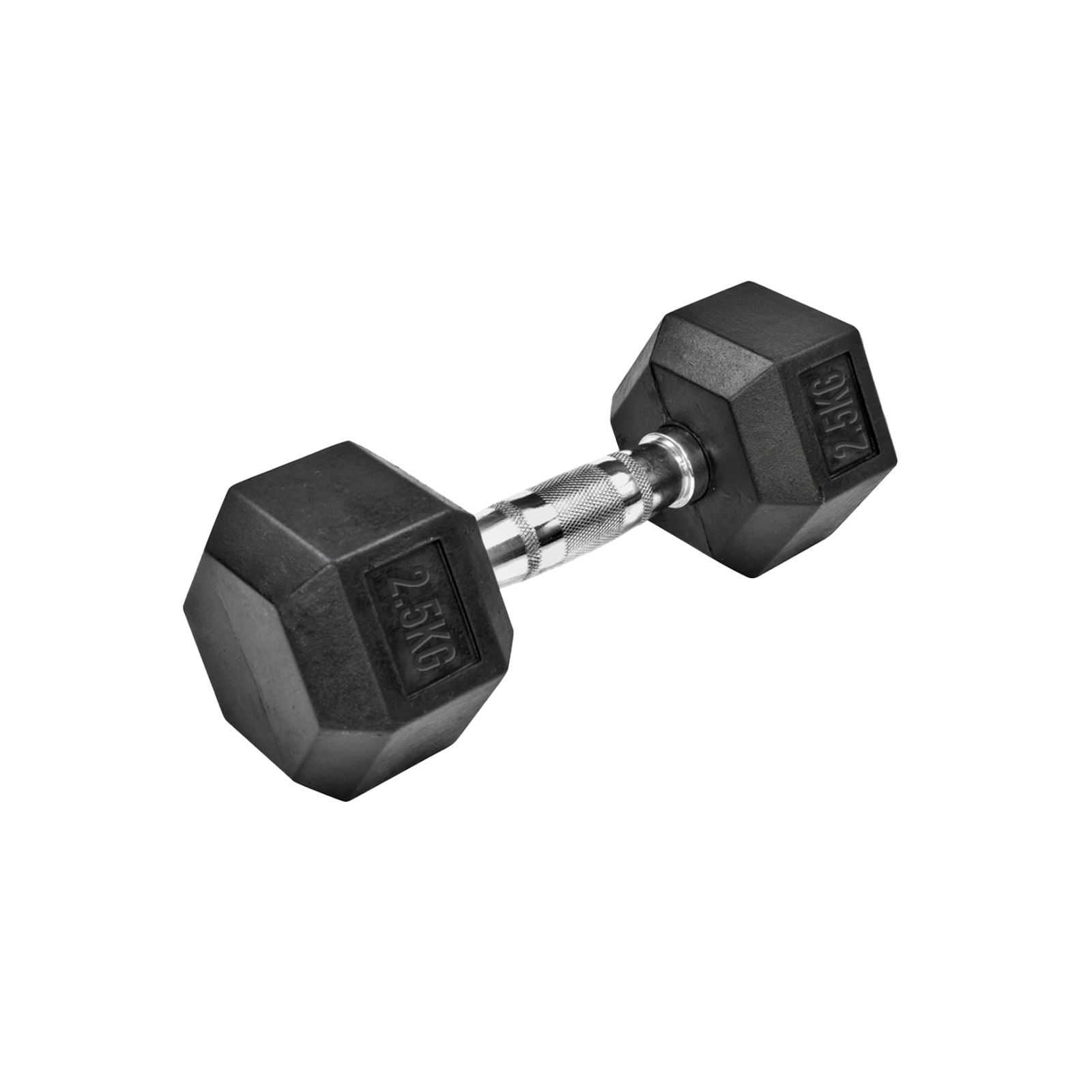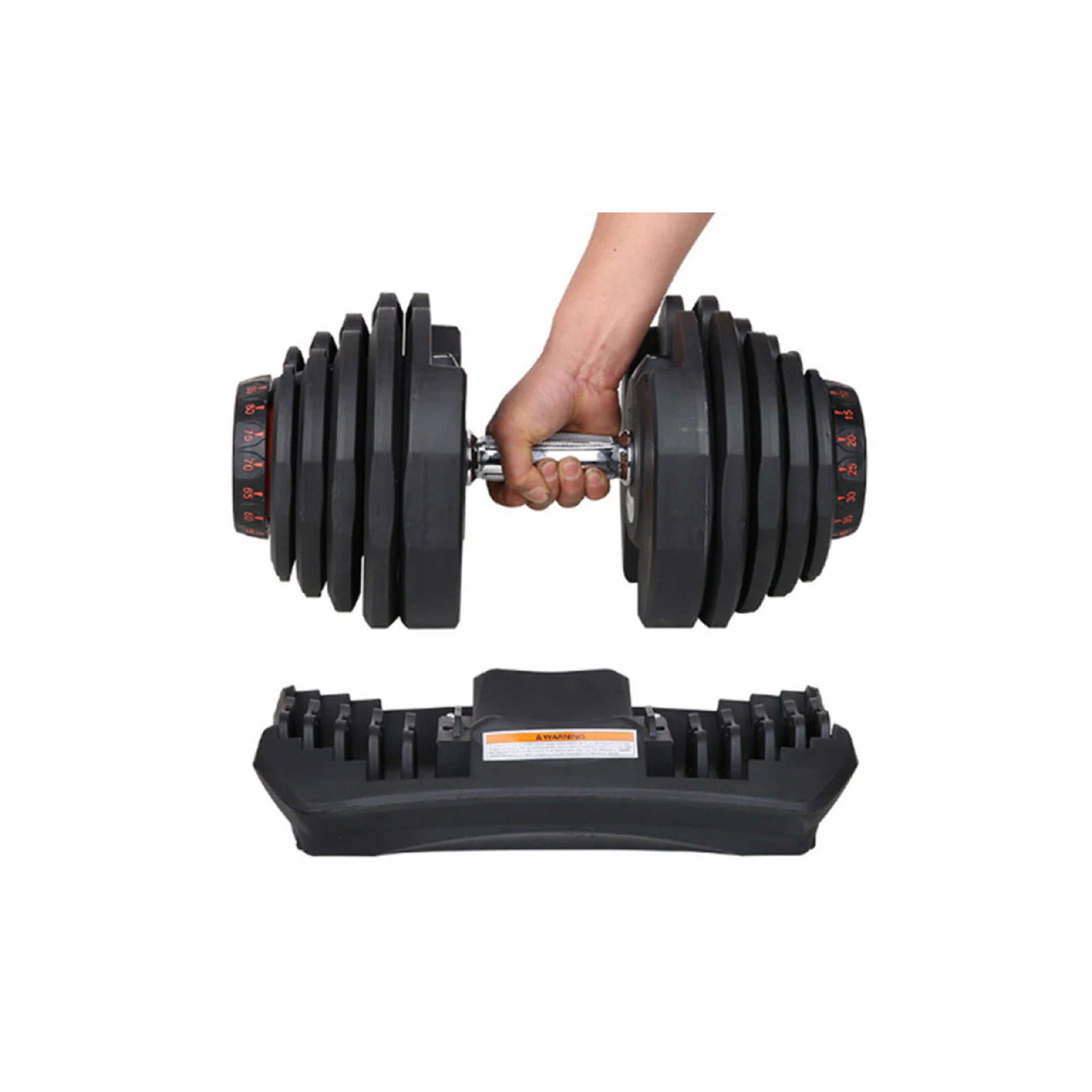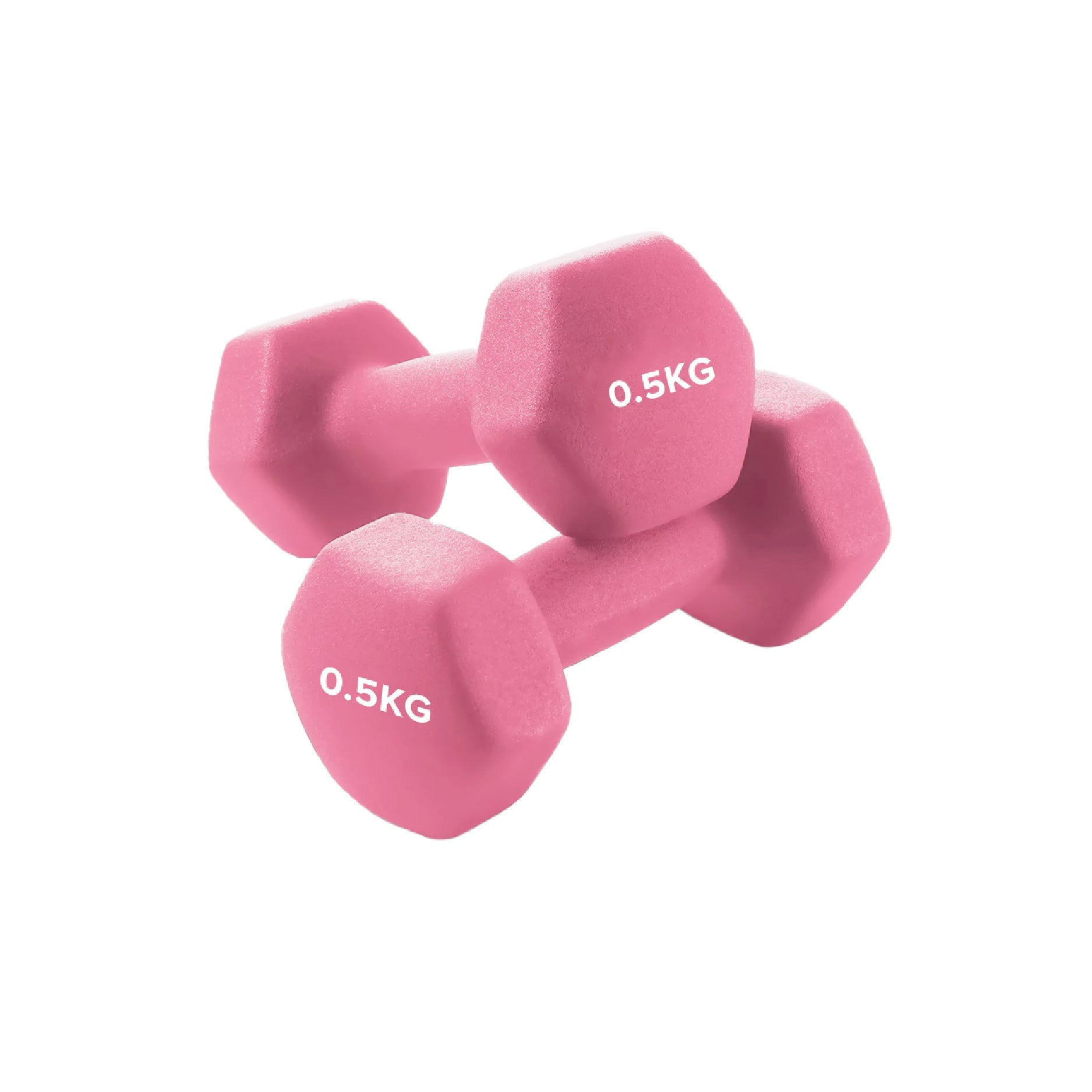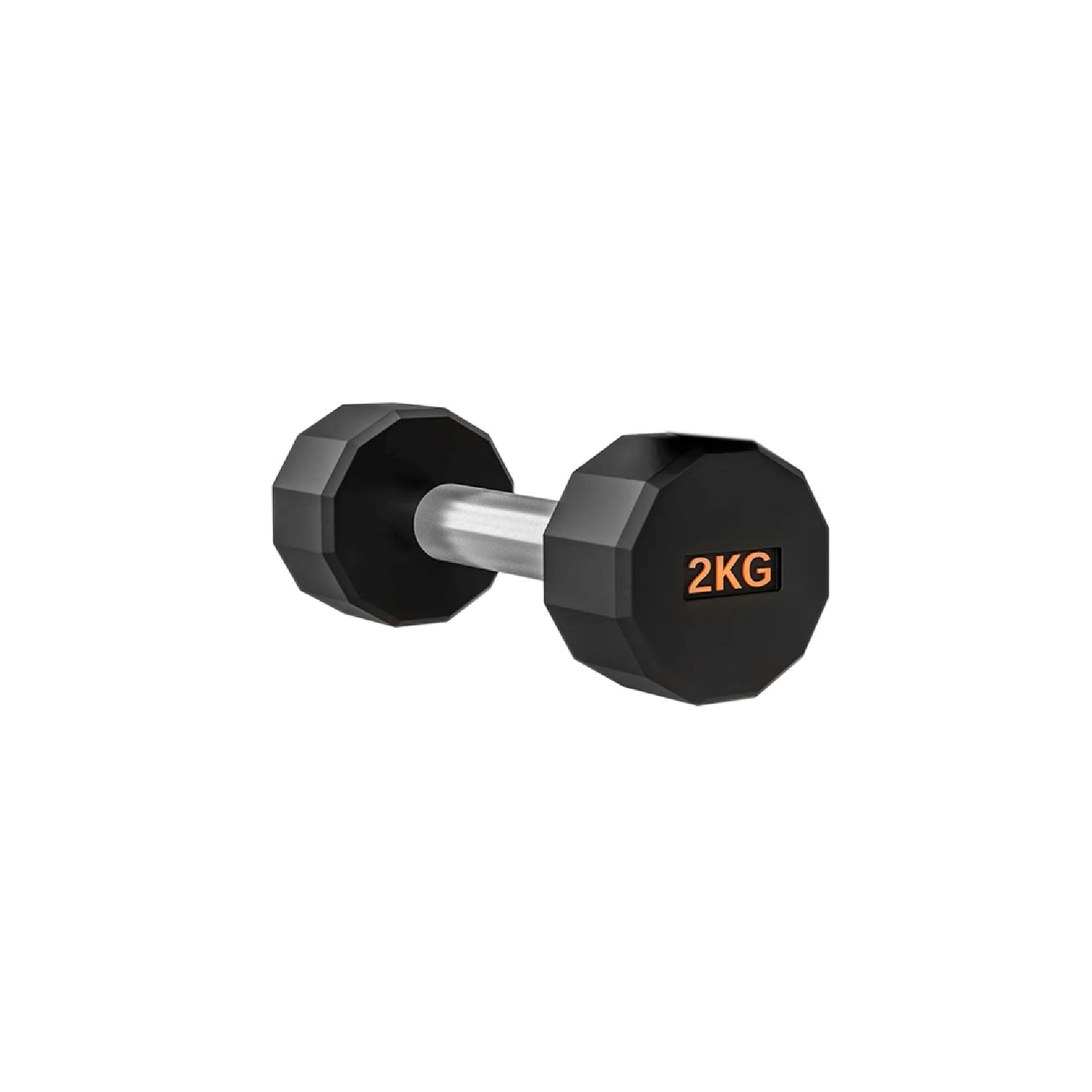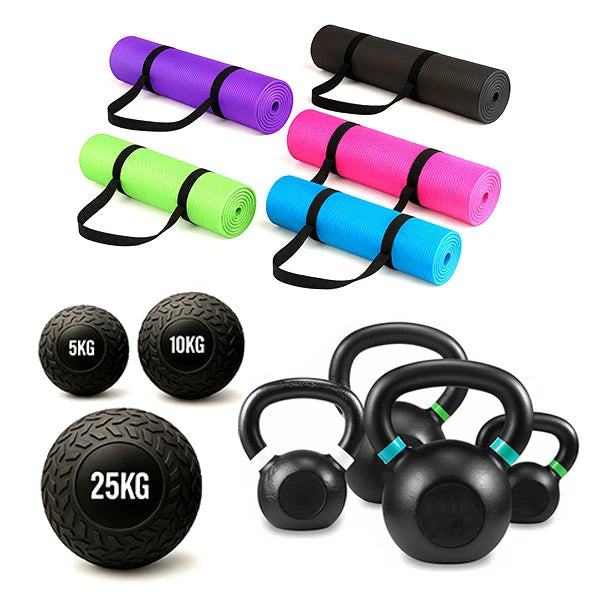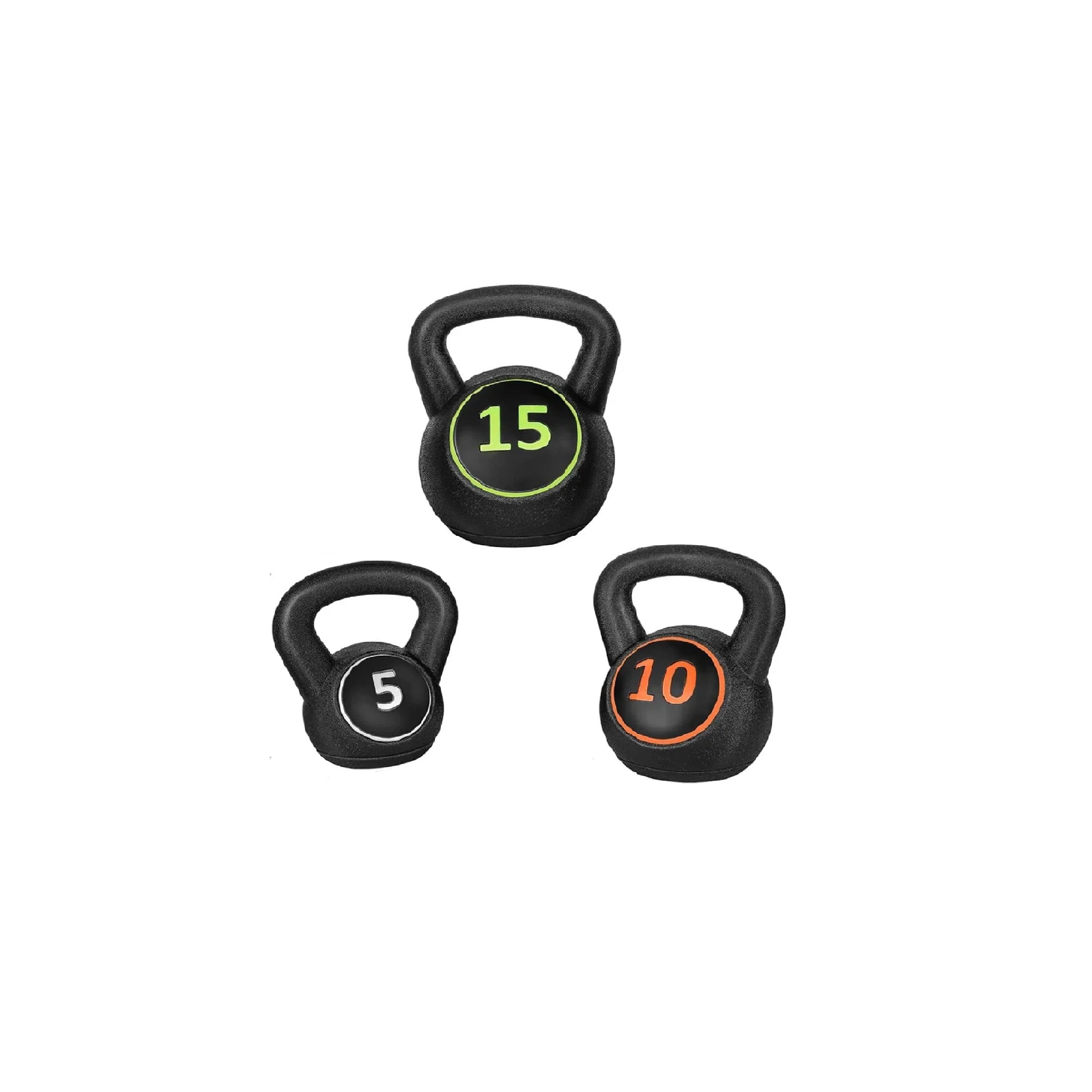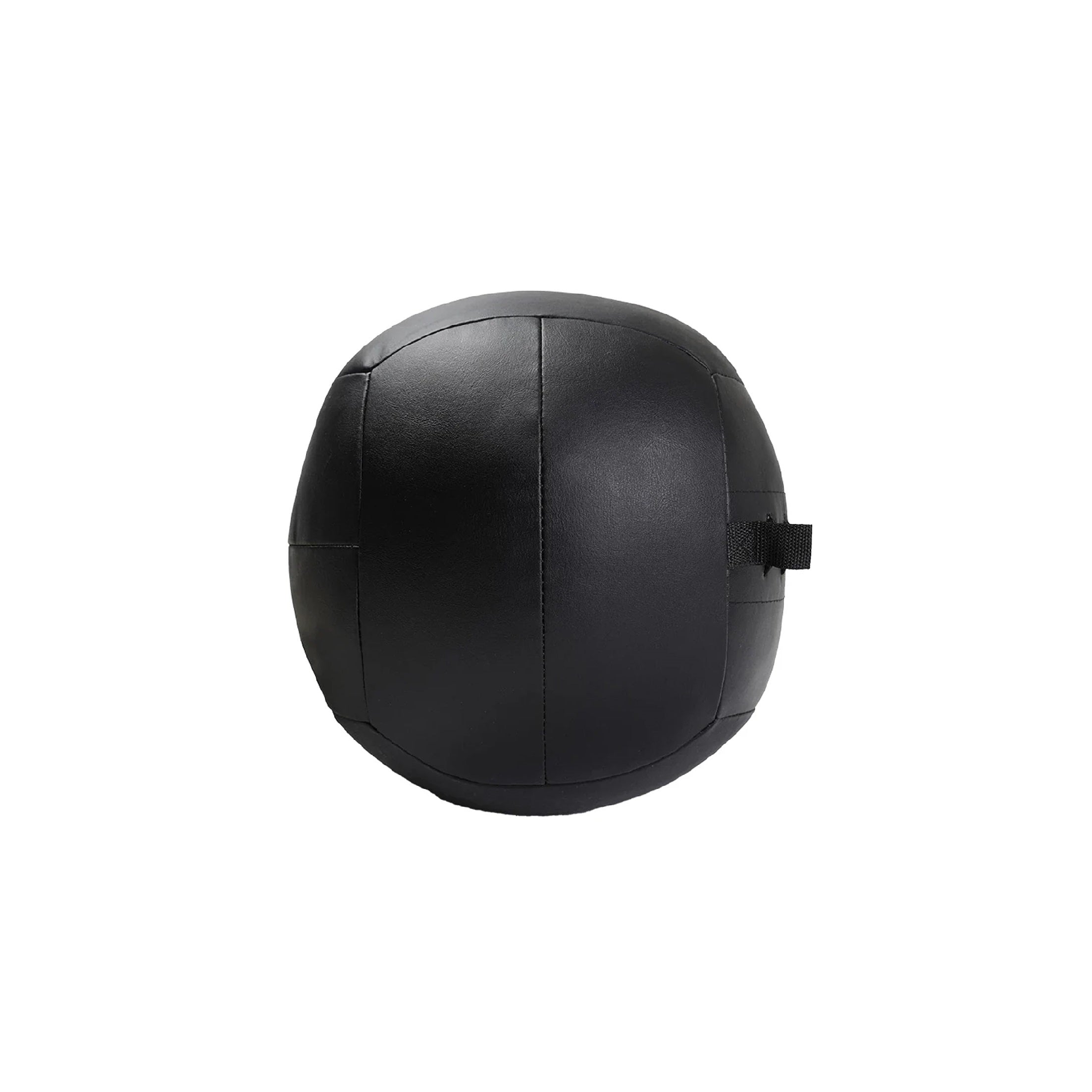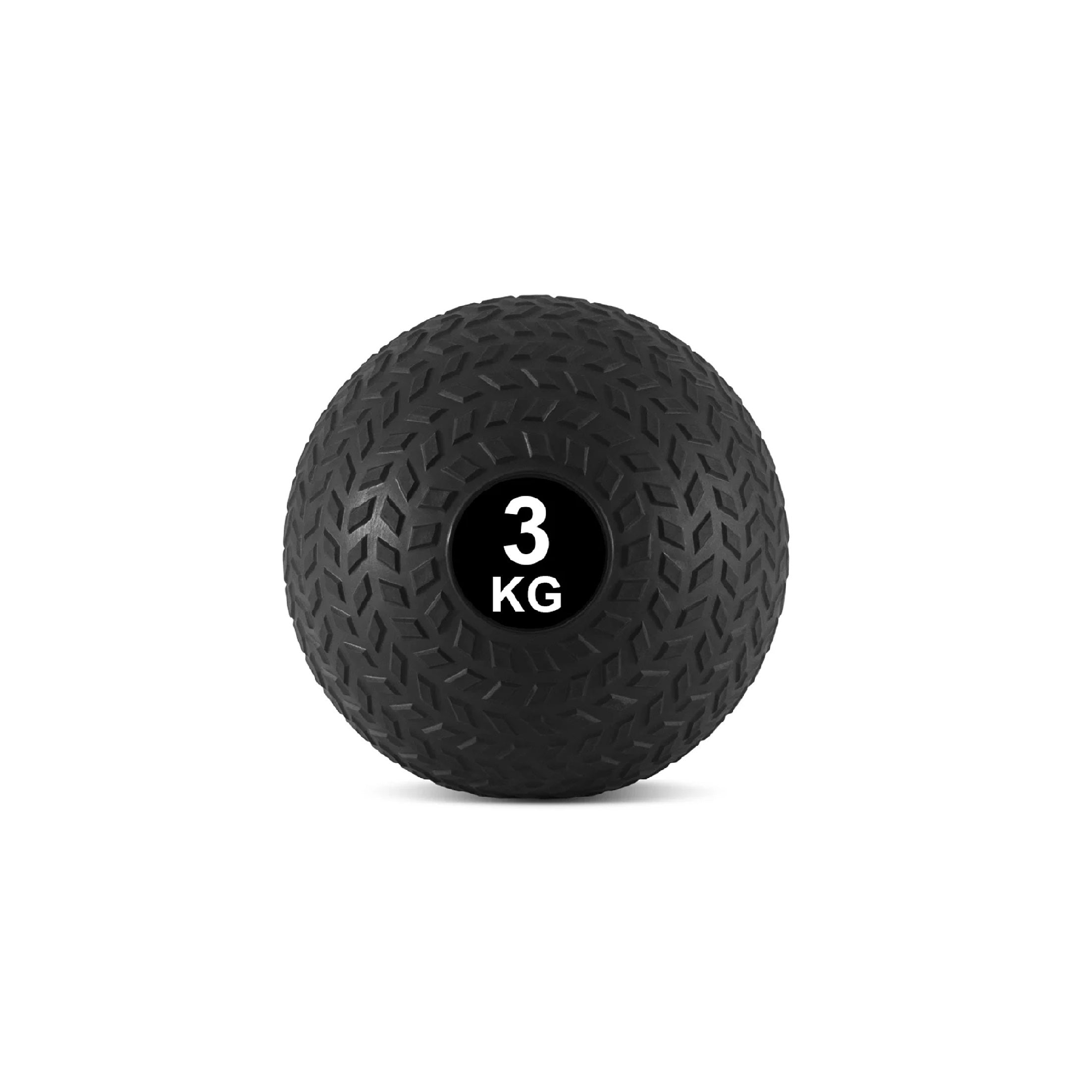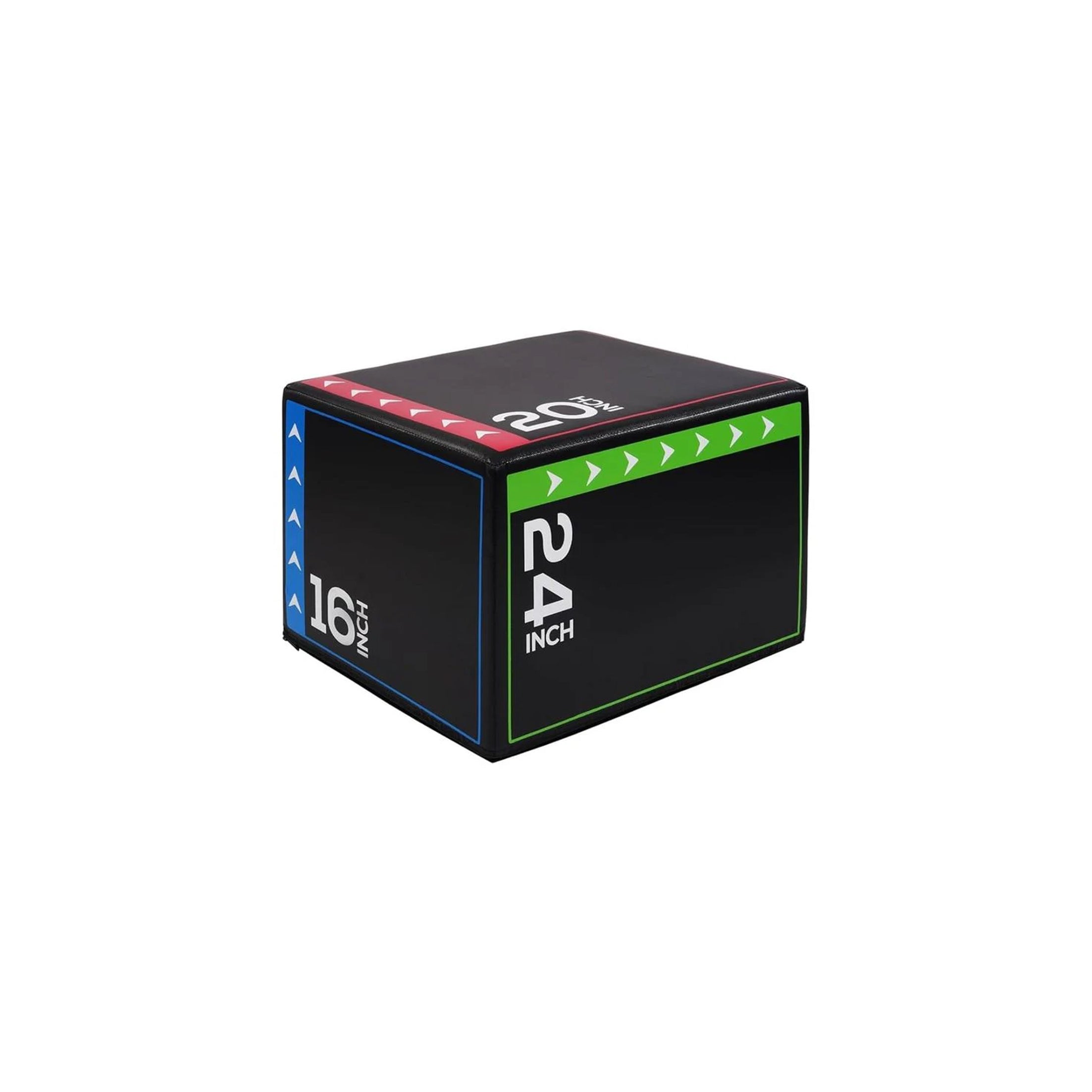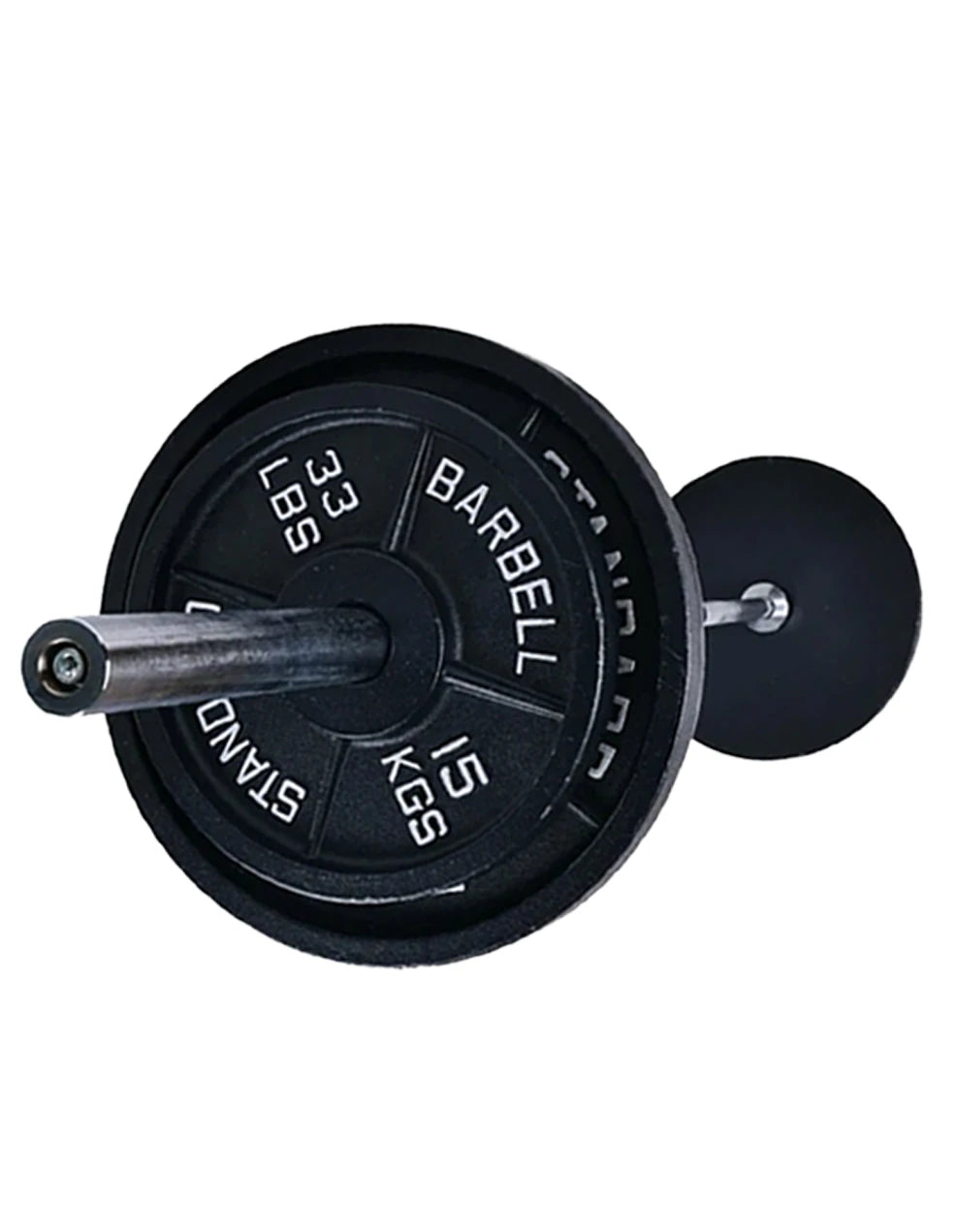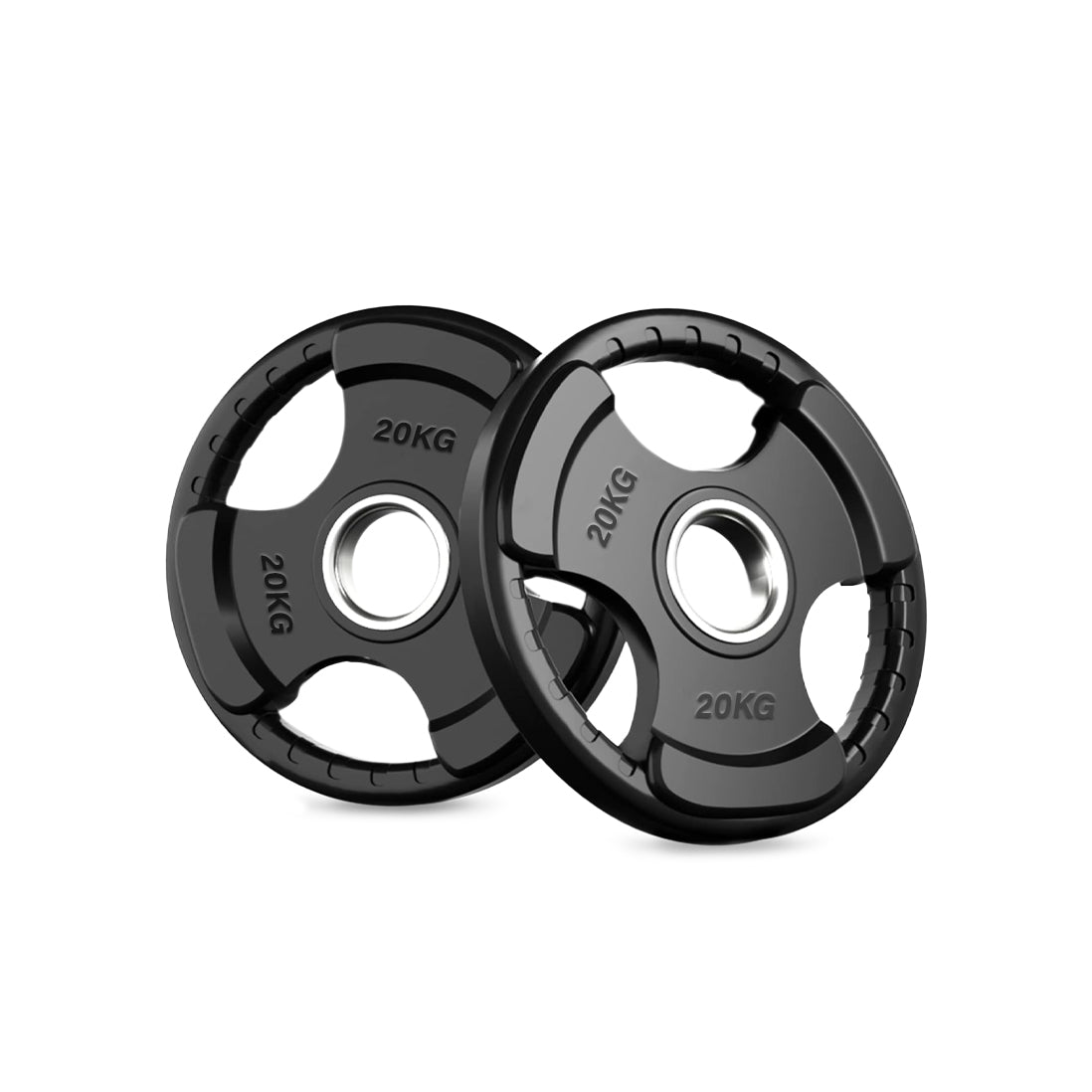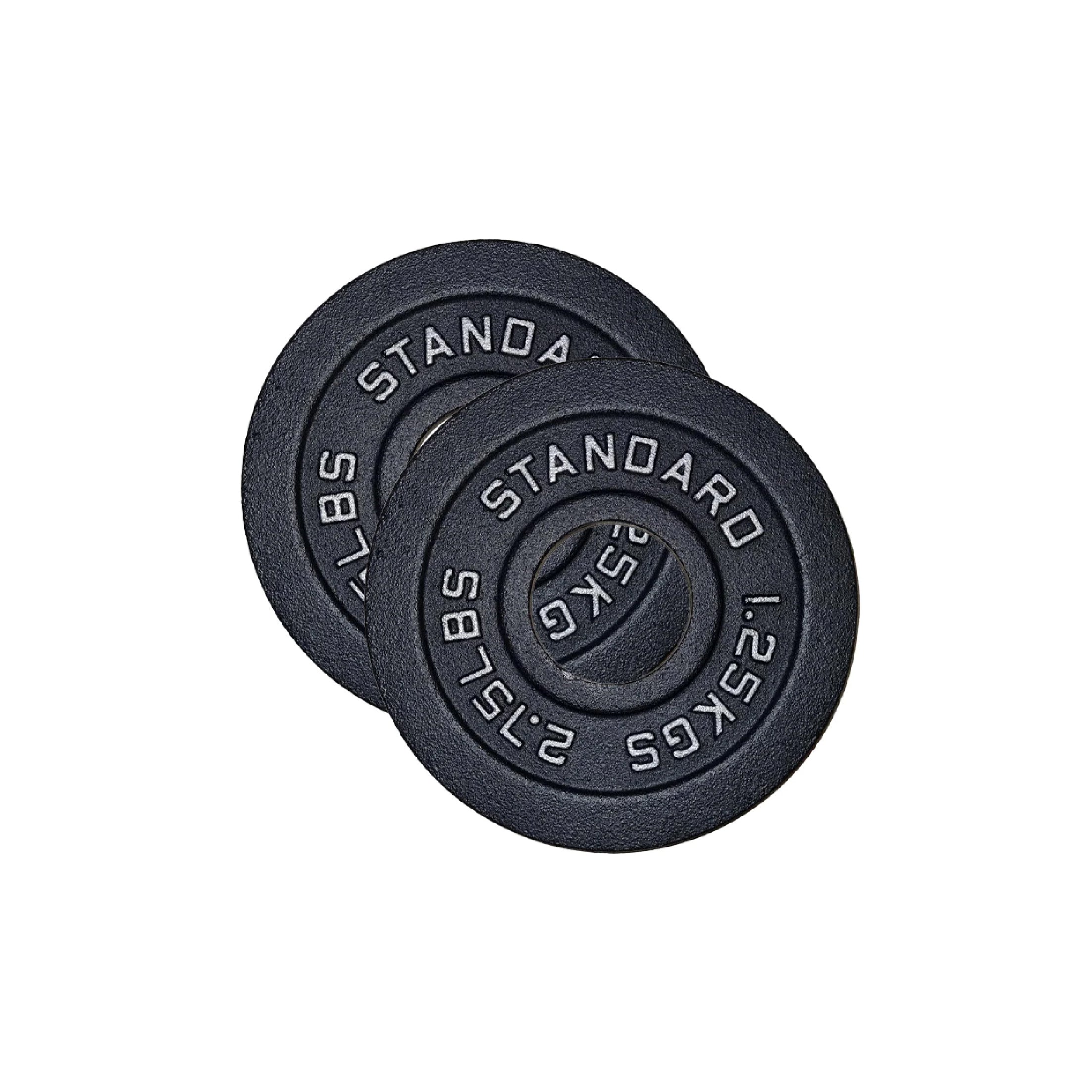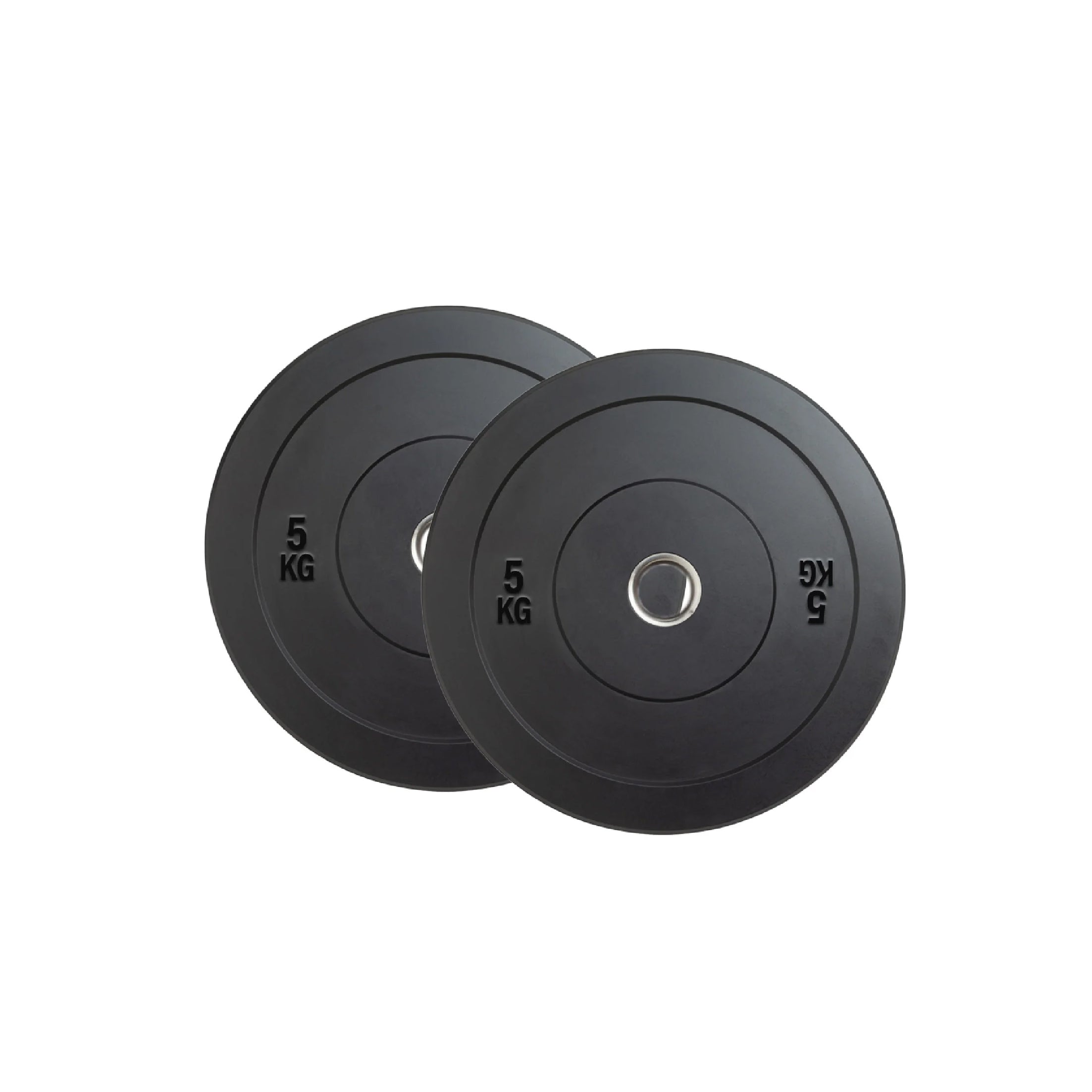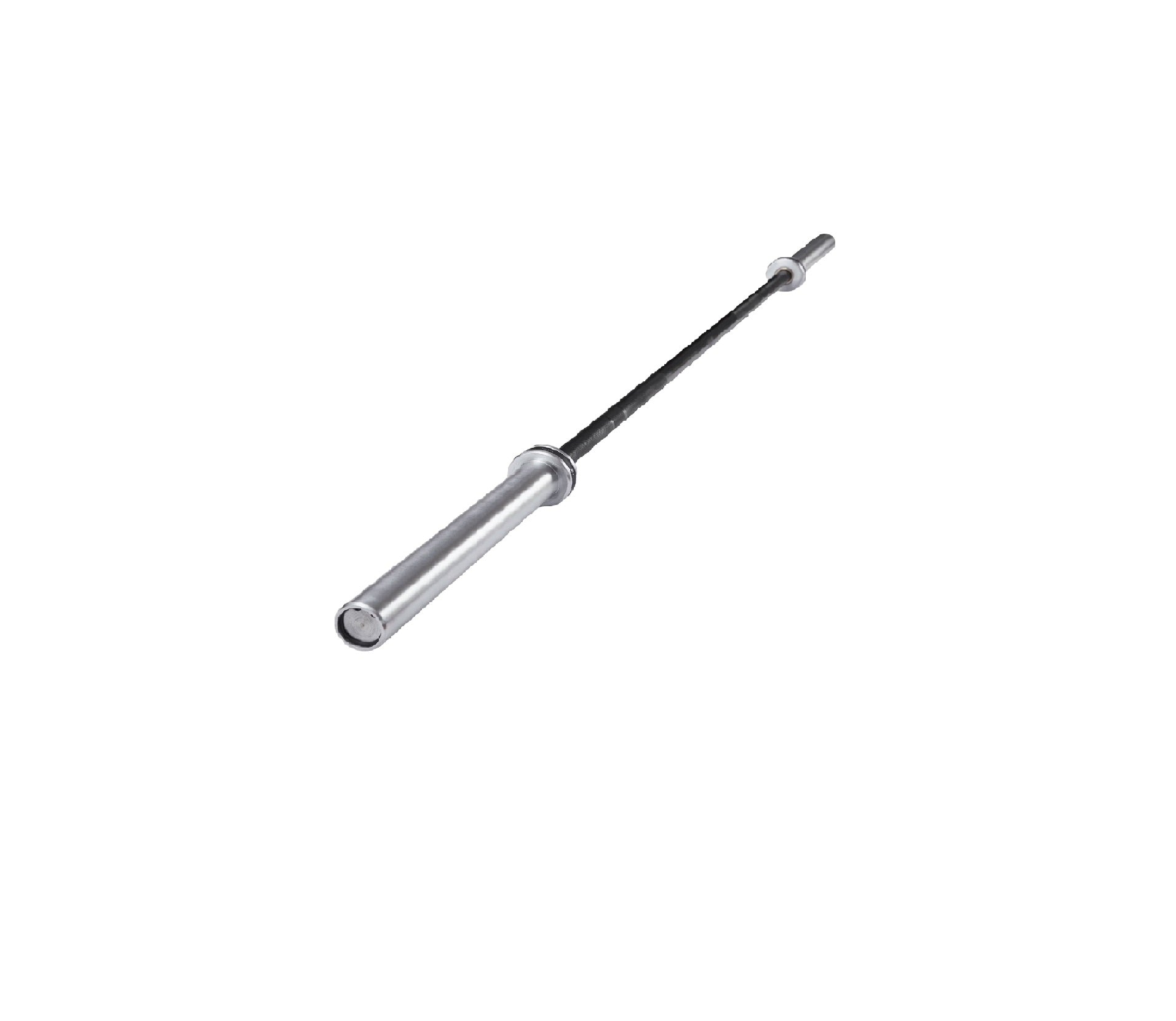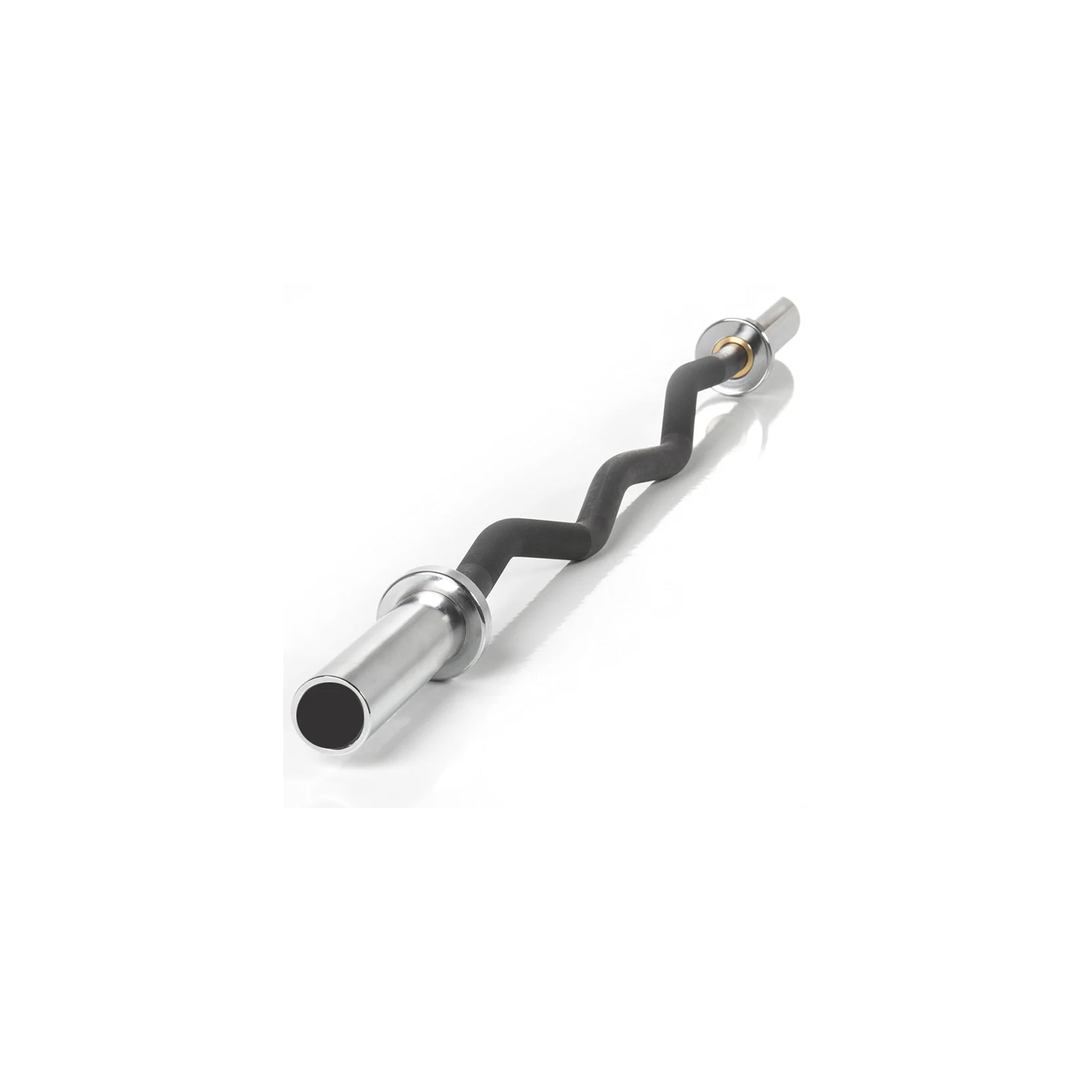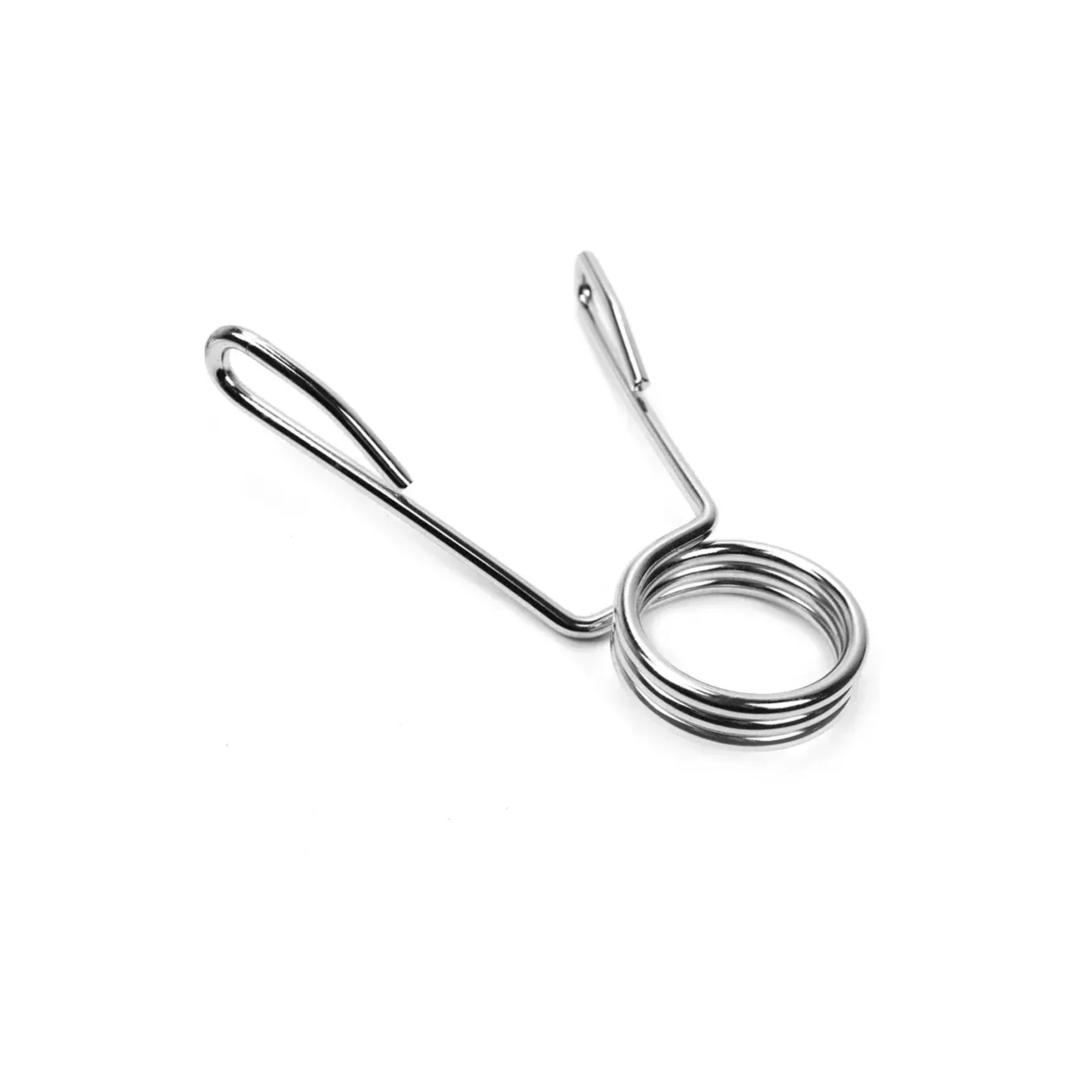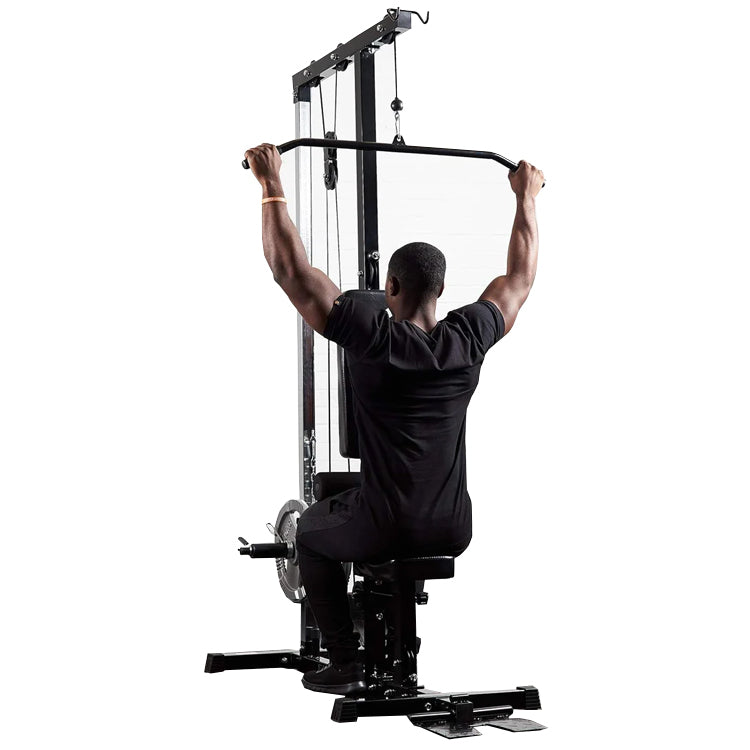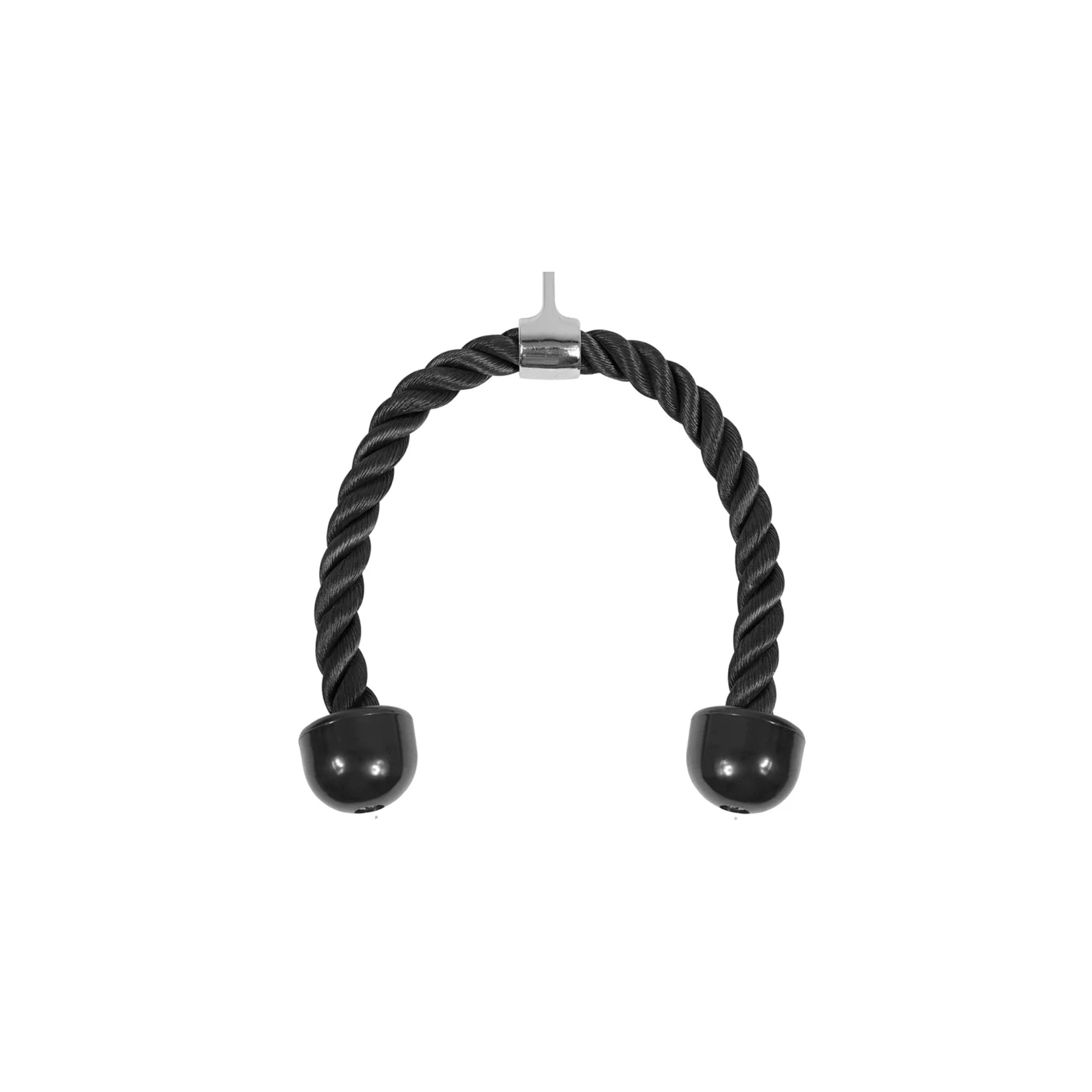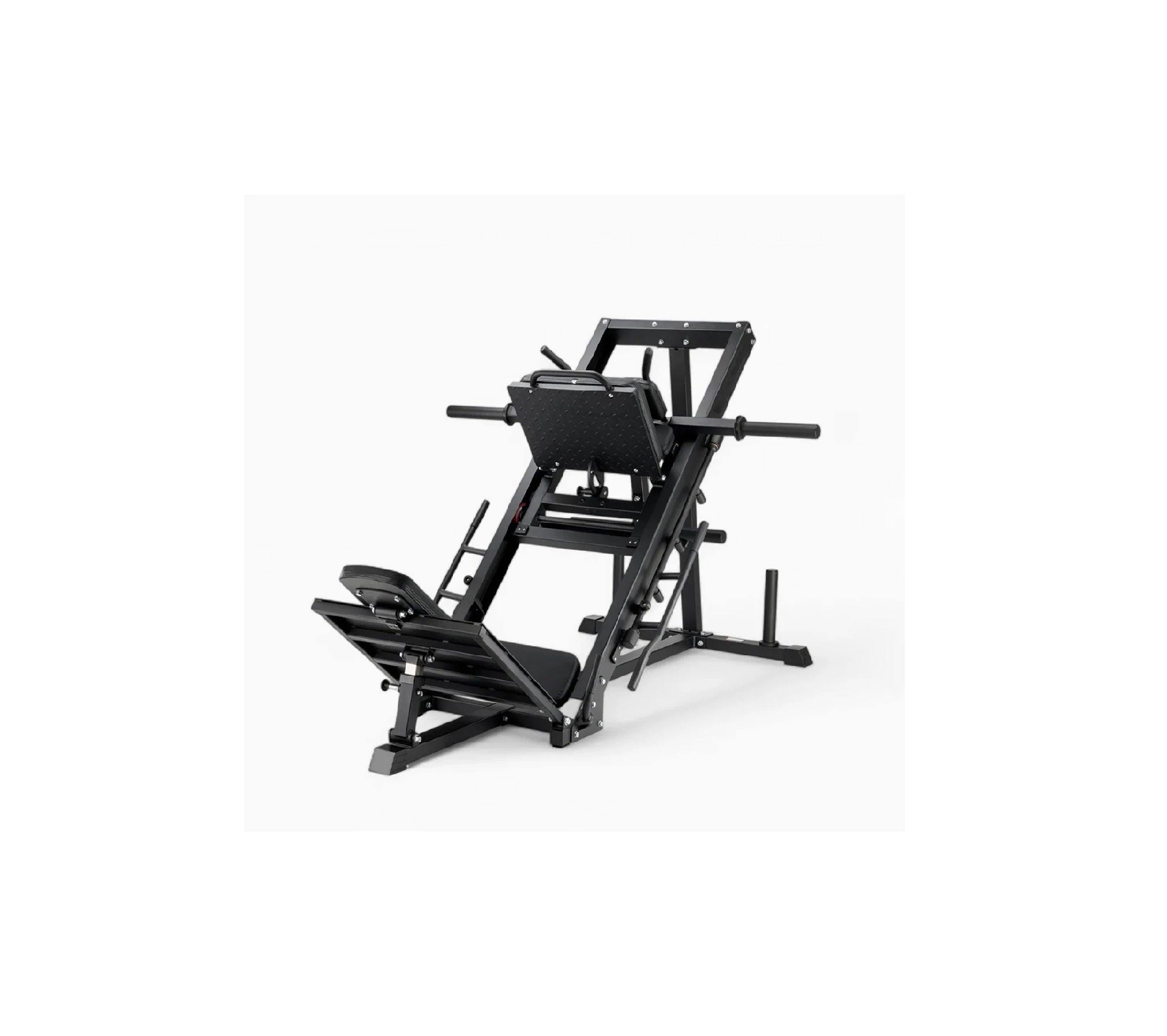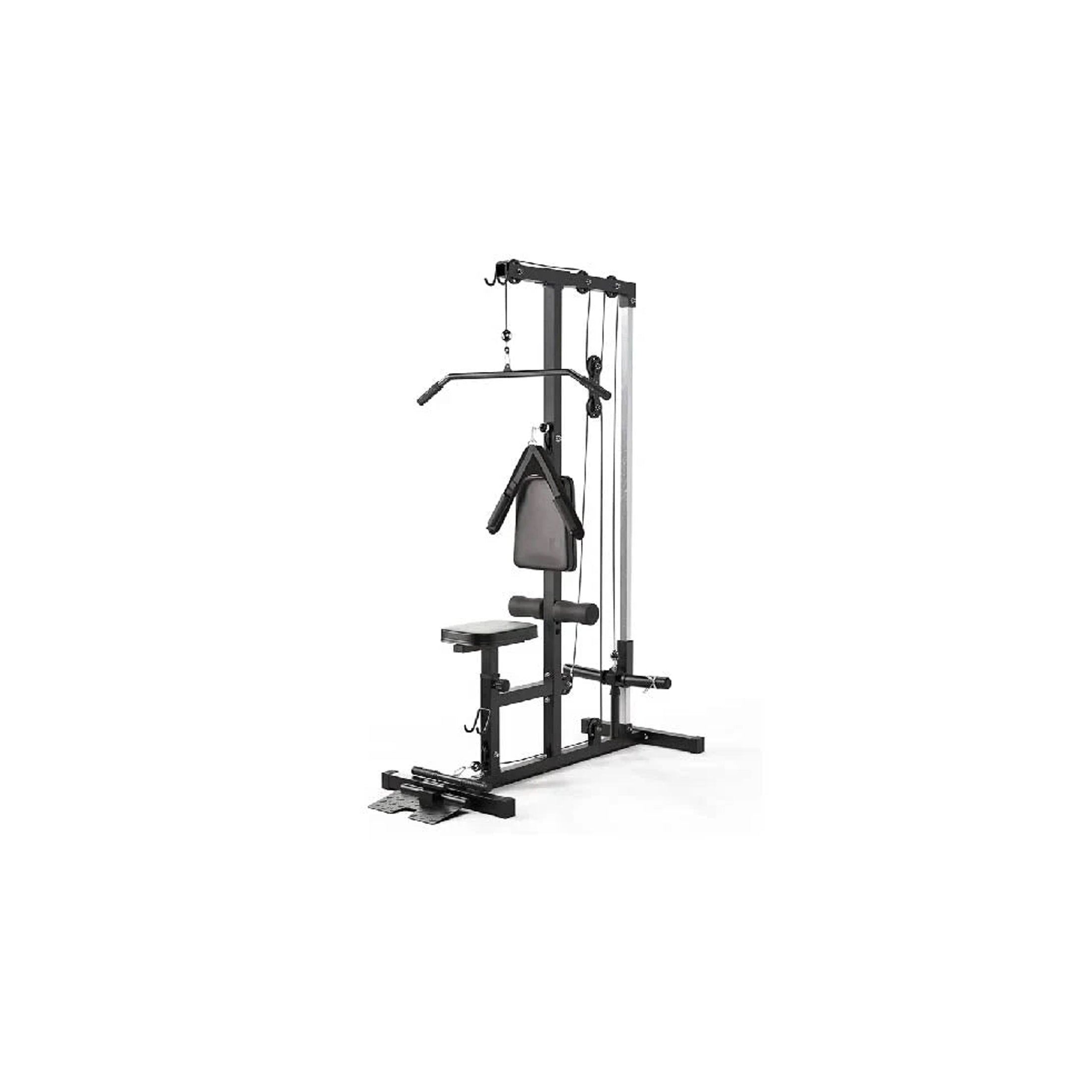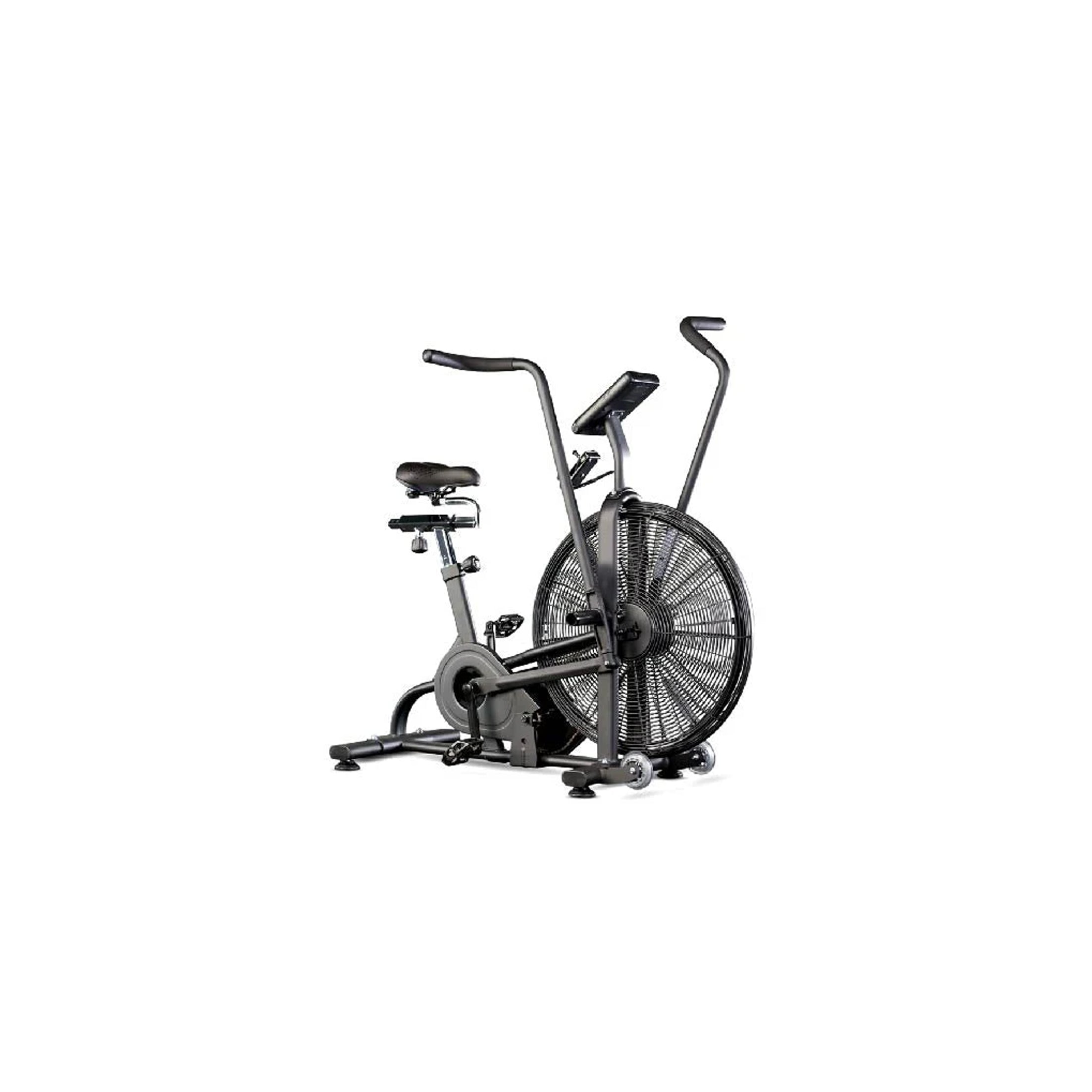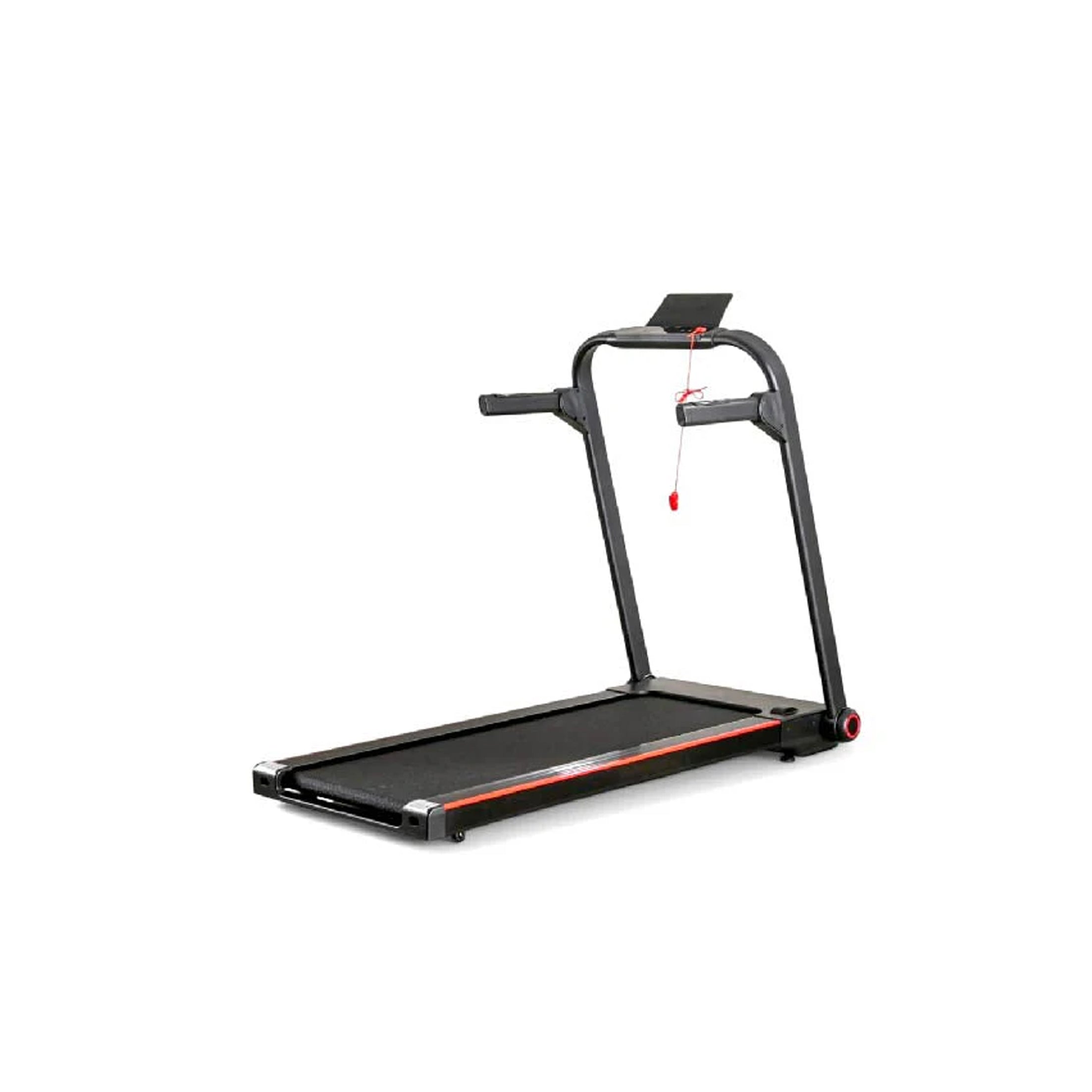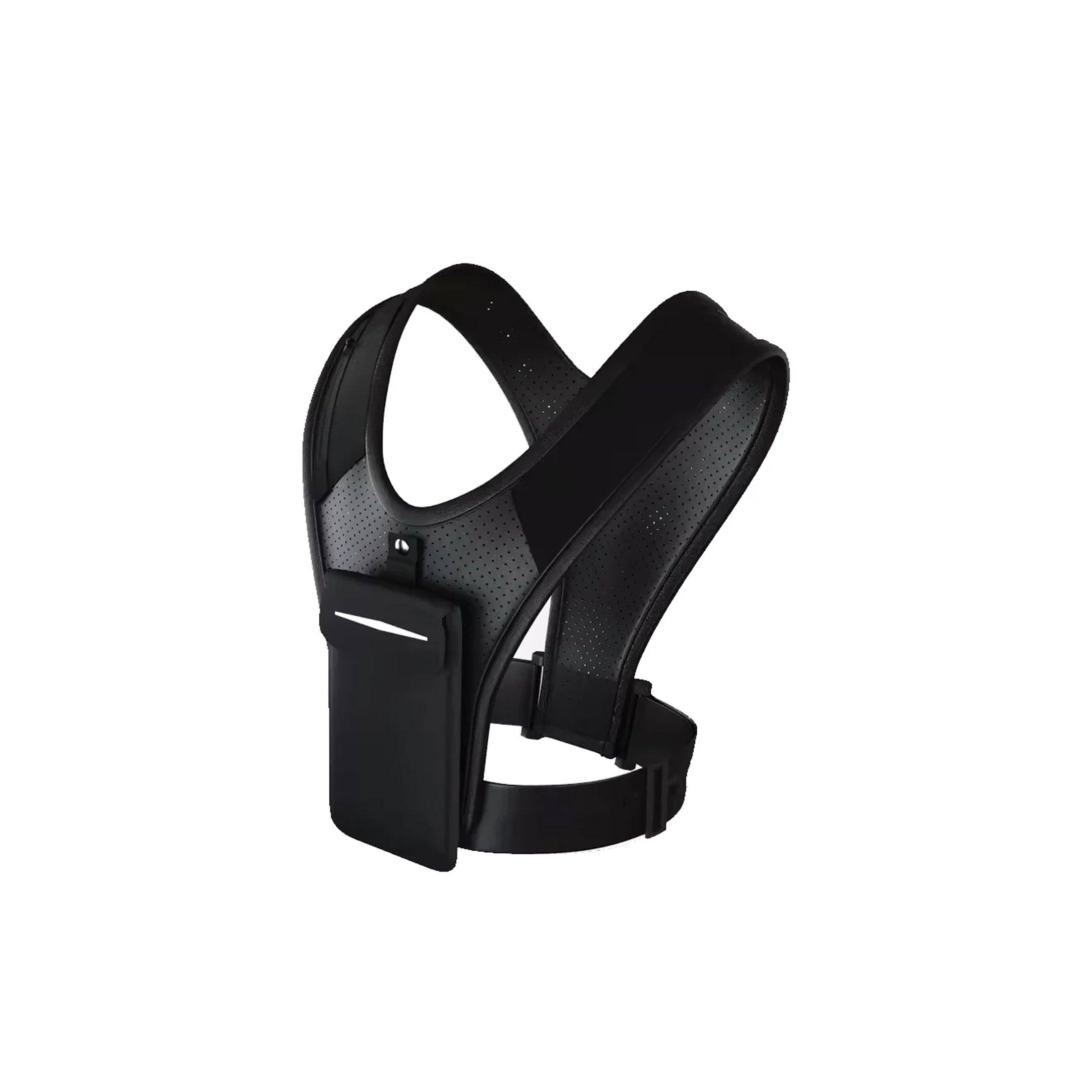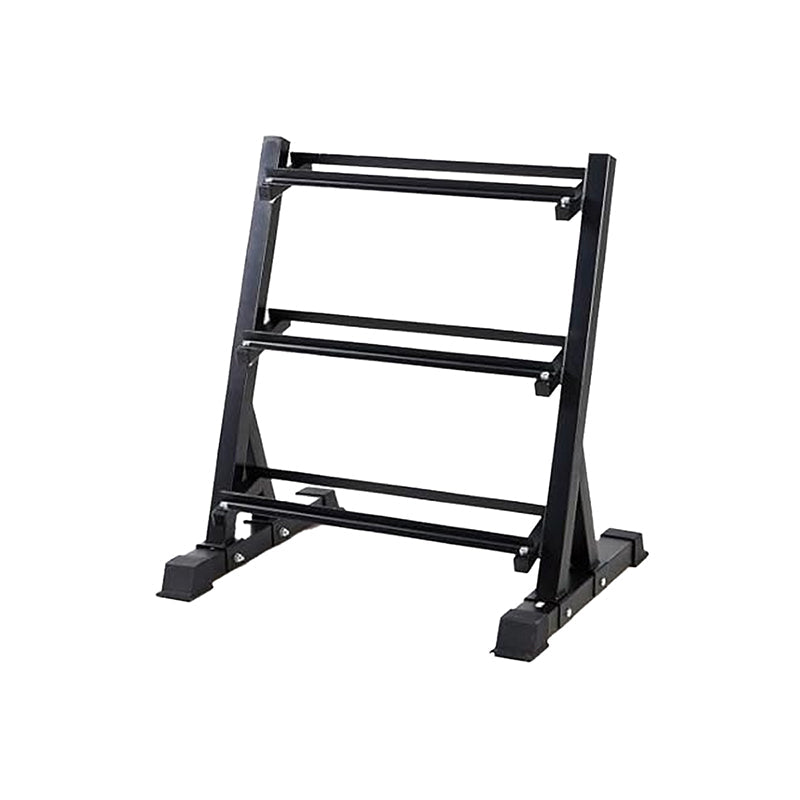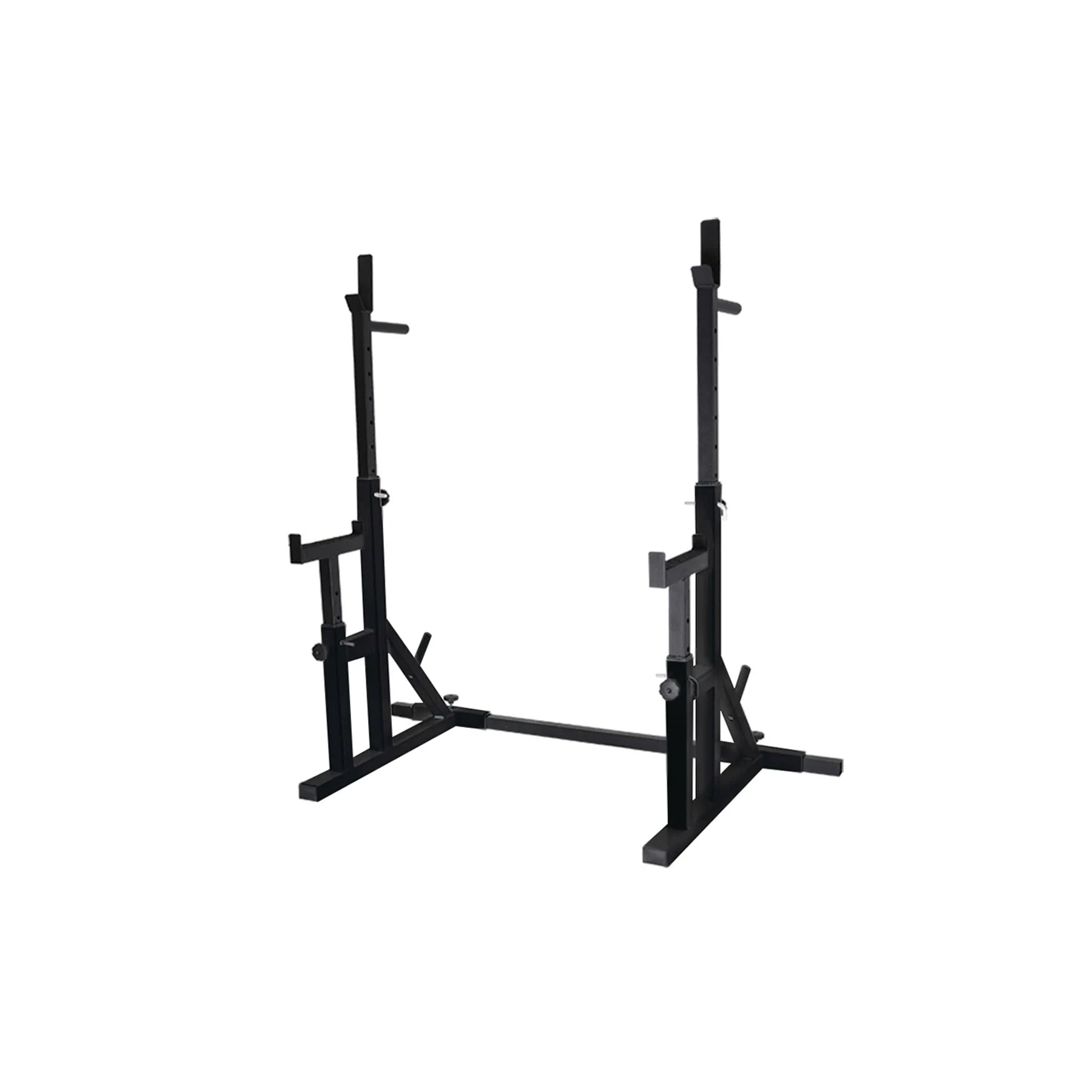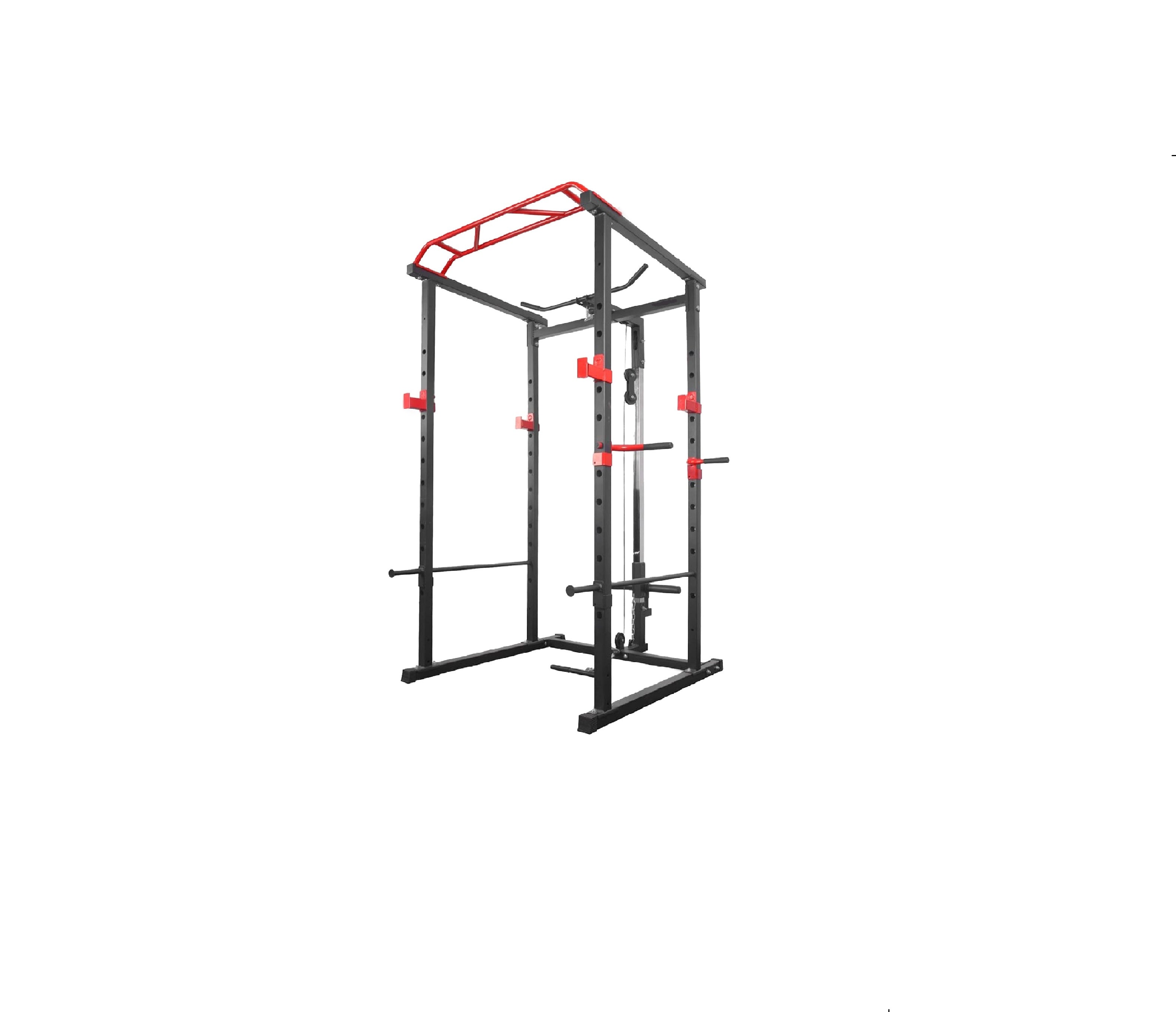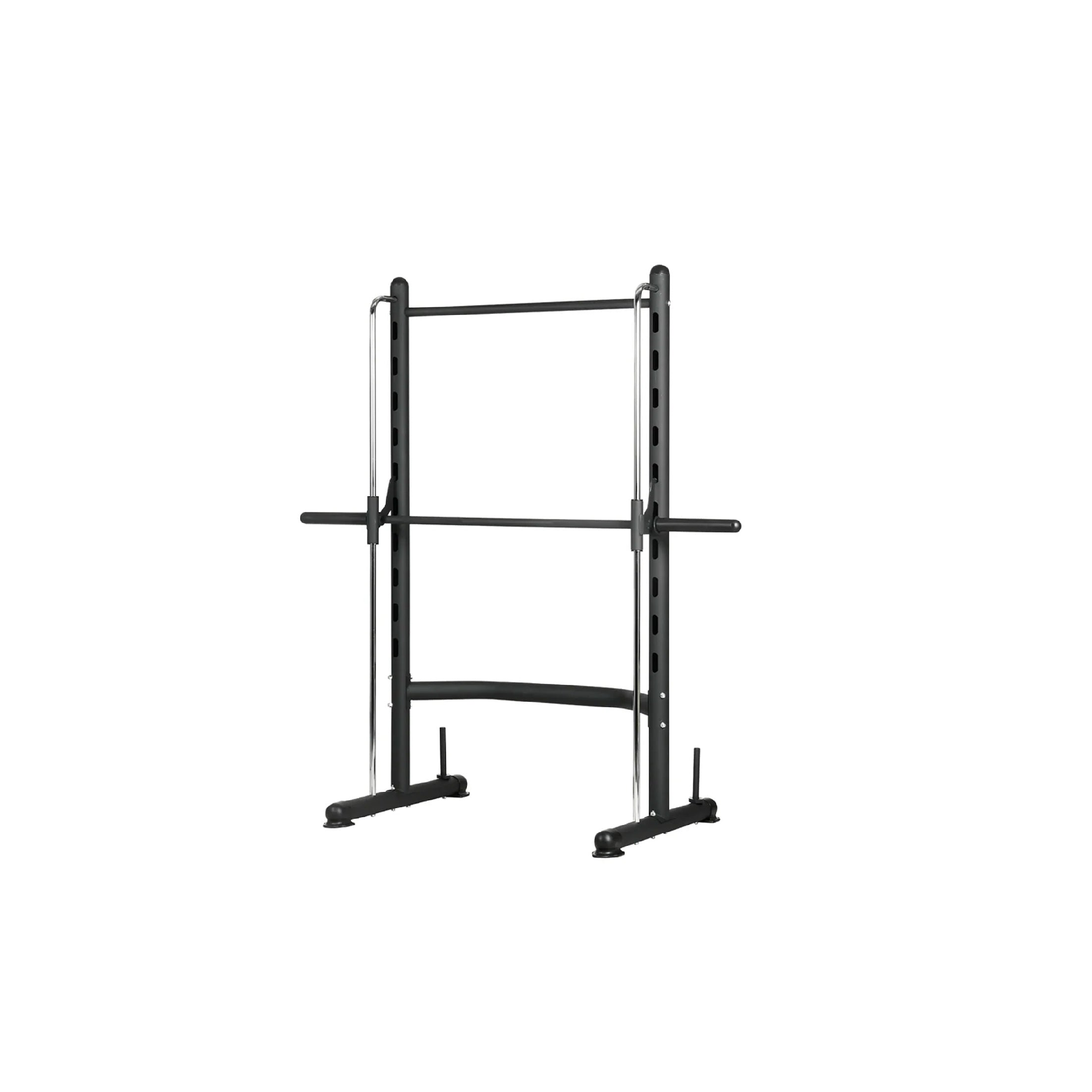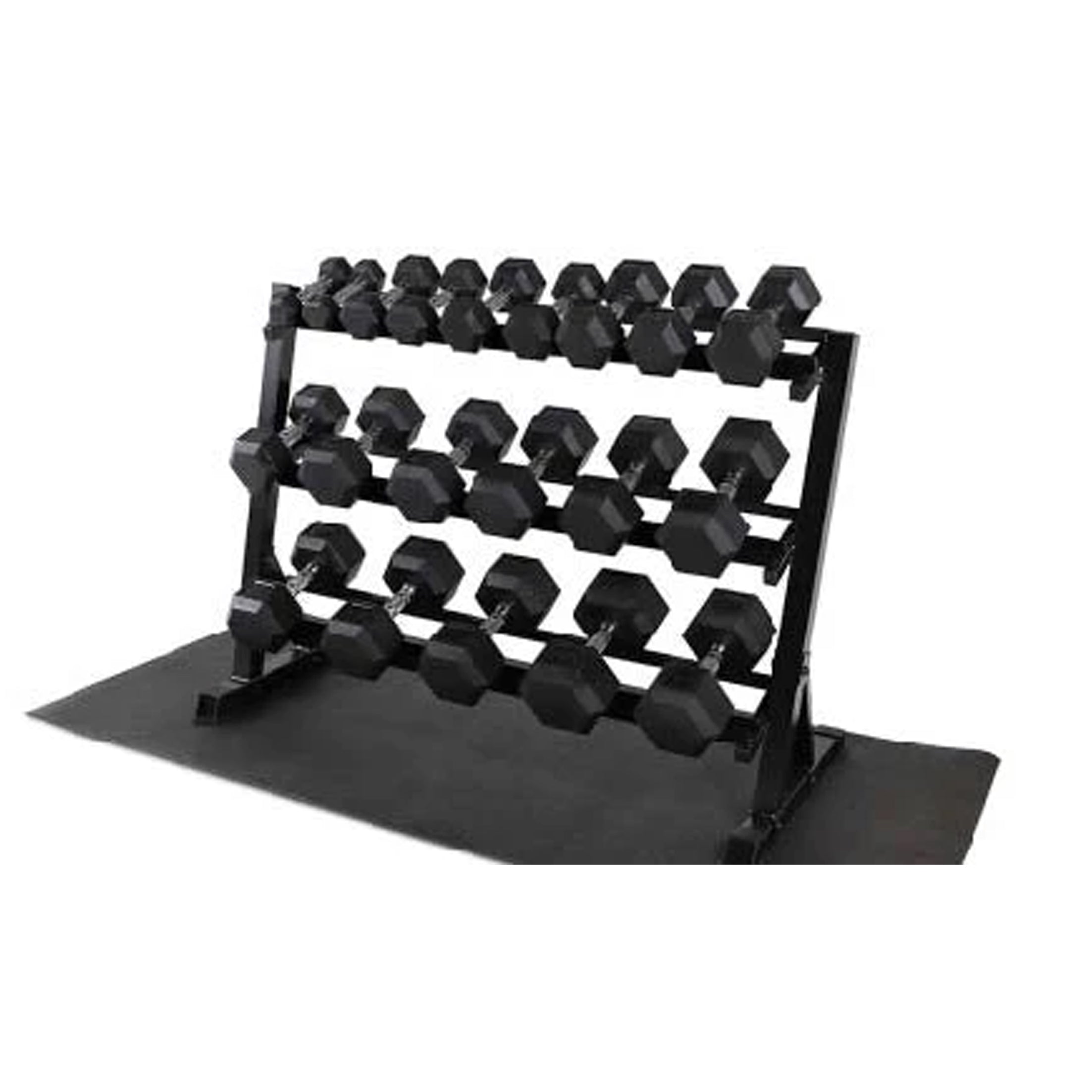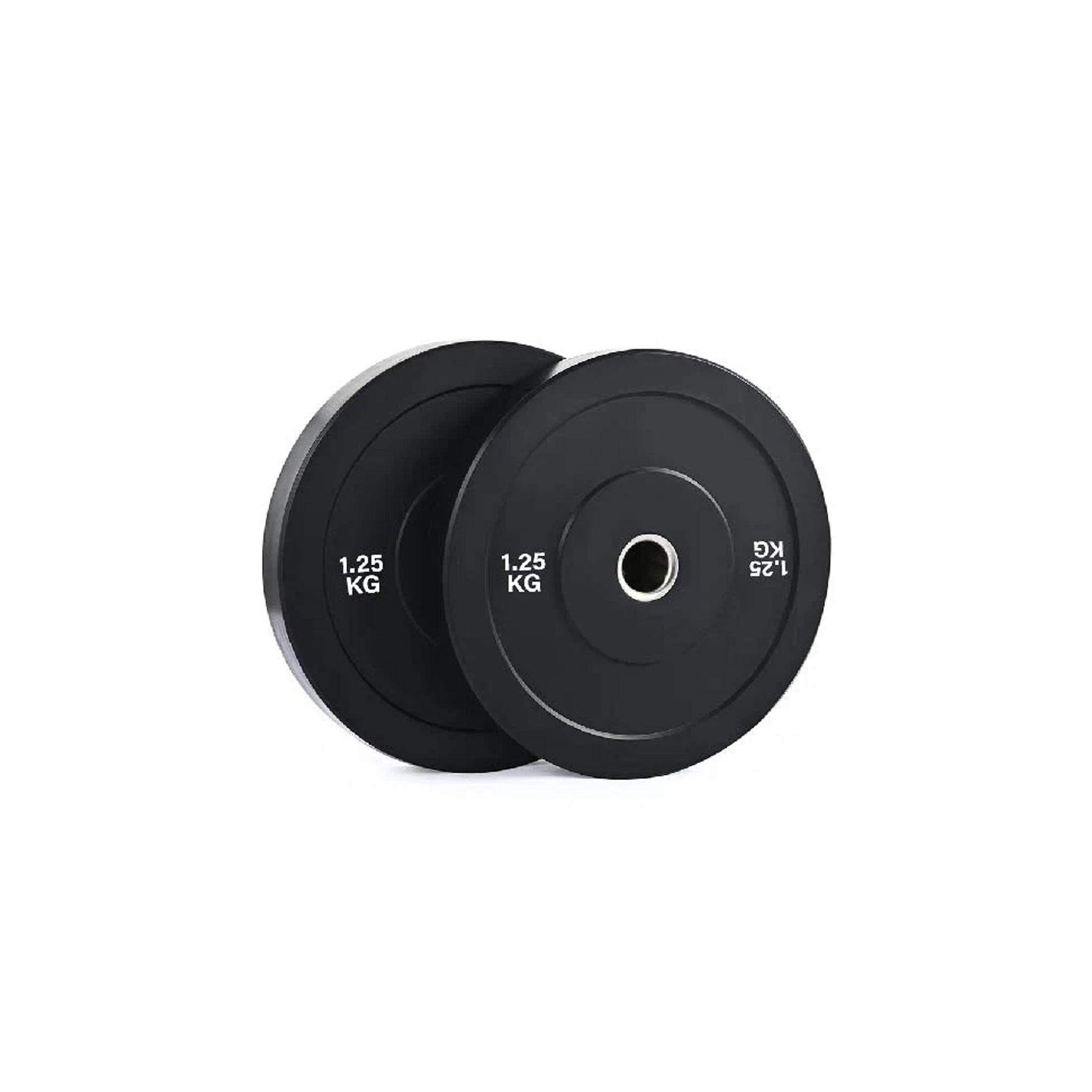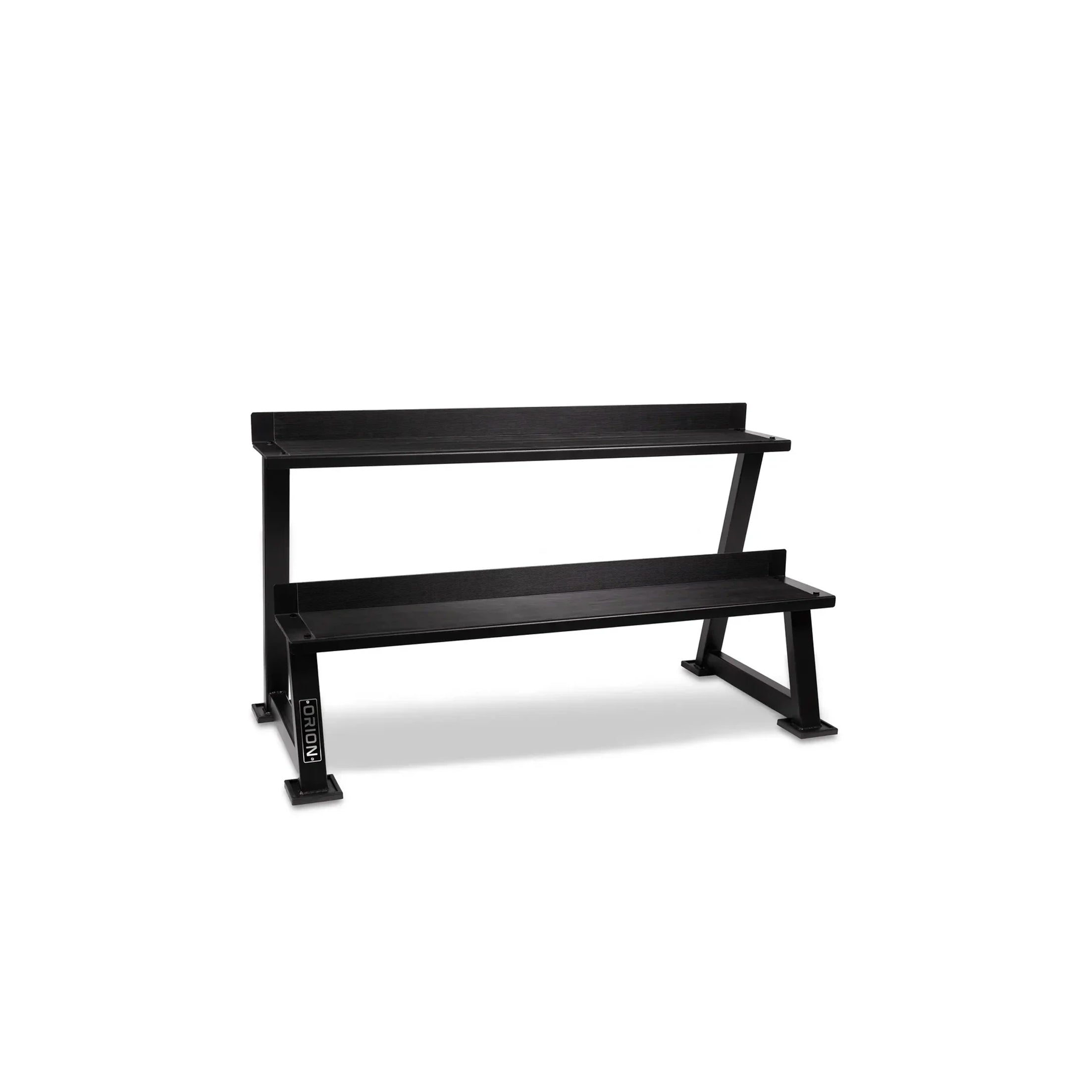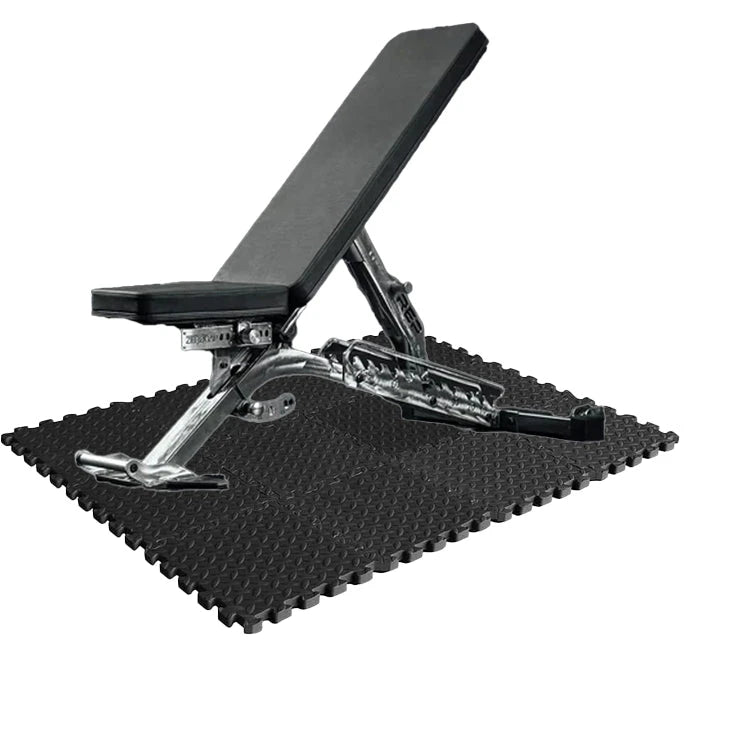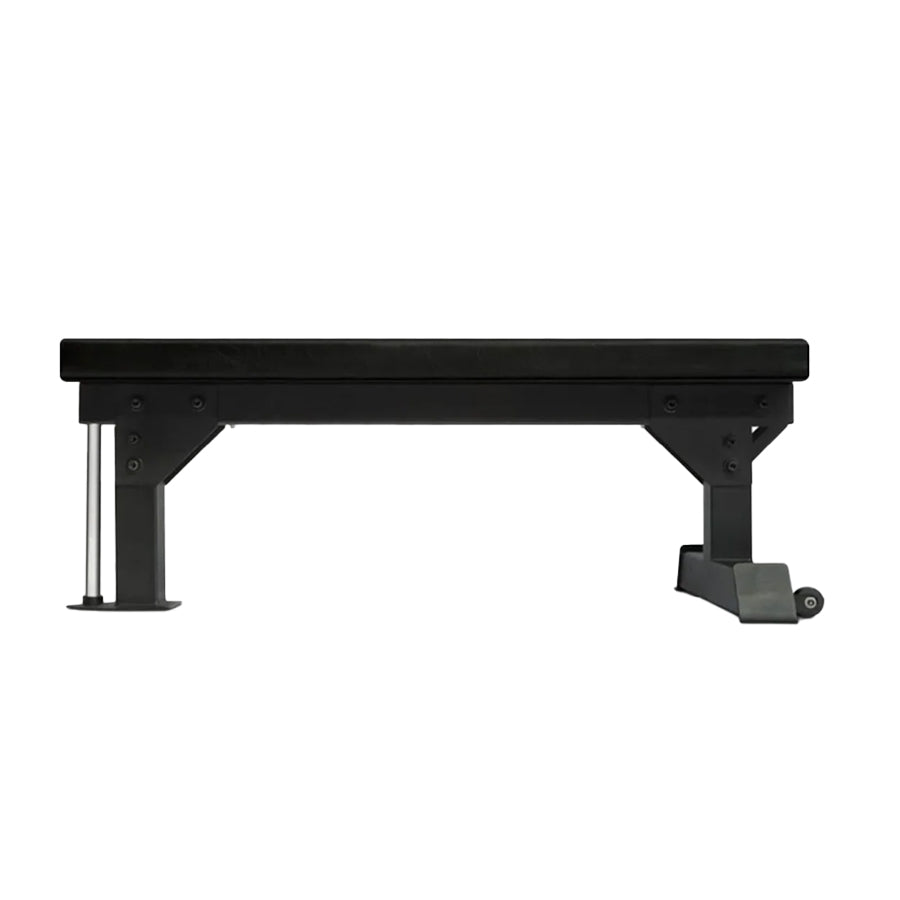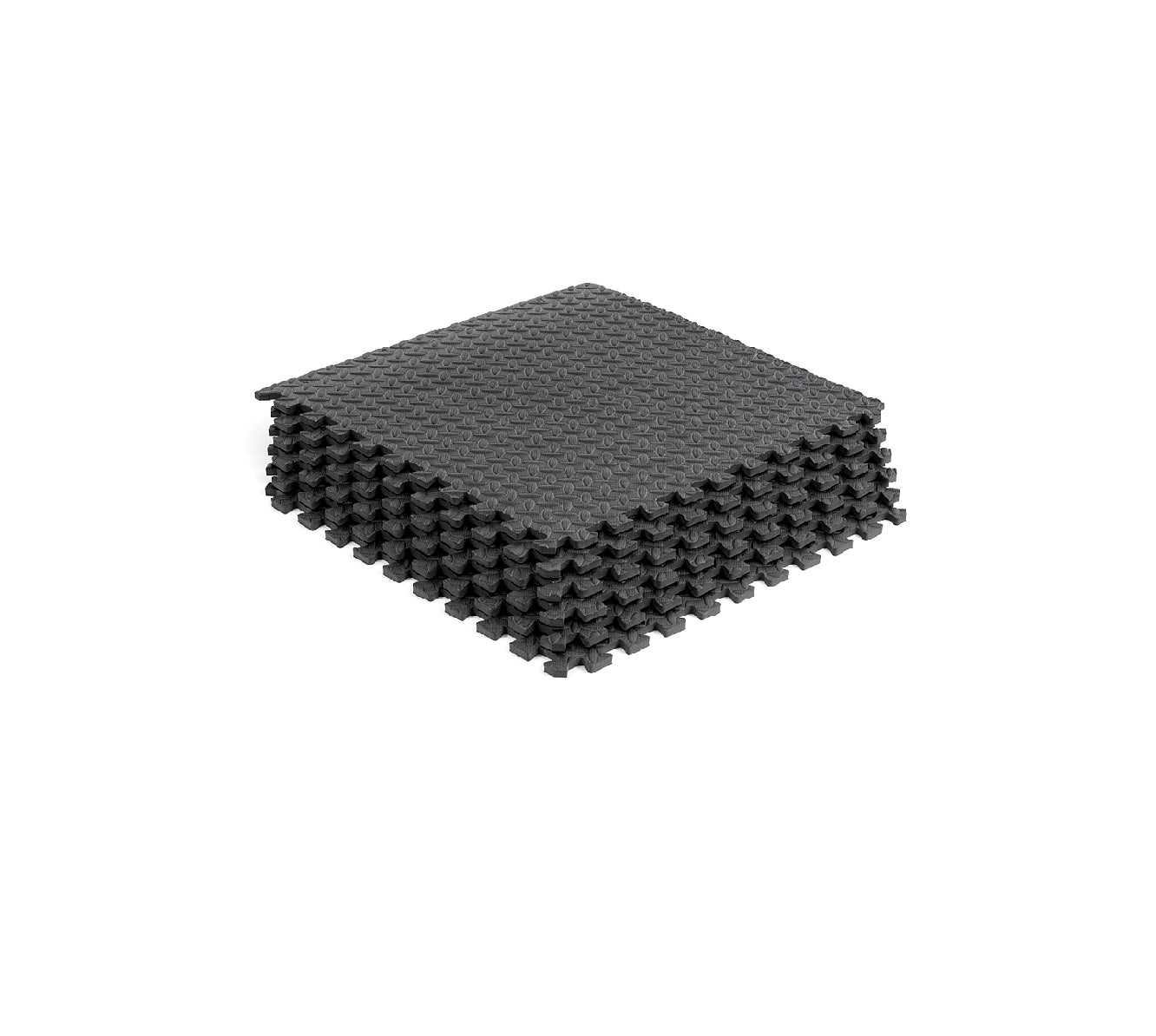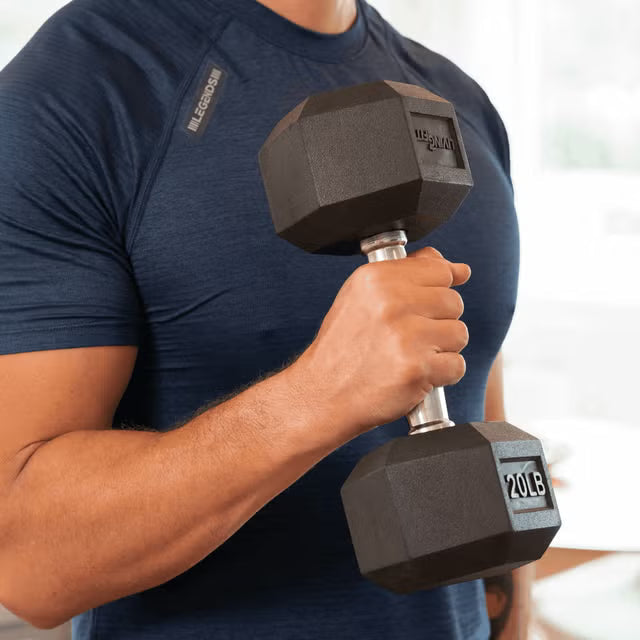
Hex Dumbbell Sets for Beginners: UK Weight Guide 2024
Starting your fitness journey can feel overwhelming, especially when you're faced with countless equipment options and weight recommendations. Hex dumbbells have become increasingly popular among UK fitness enthusiasts, and for good reason. Their unique six-sided design prevents rolling, making them safer and more stable than traditional round dumbbells.
Whether you're setting up a home gym in your spare room or looking to complement your gym membership, choosing the right hex dumbbell set is crucial for your success. The wrong weight can lead to injury, frustration, or plateaued progress. This guide will help you navigate the world of hex dumbbells for beginners, ensuring you make an informed decision that sets you up for long-term fitness success.
By the end of this article, you'll understand exactly which weights to start with, how to progress safely, and where to find the best hex dumbbell sets in the UK. Let's dive into building a stronger, healthier you.
Understanding Hex Dumbbell Weights
Hex dumbbells typically range from 1kg to 50kg per dumbbell, though some manufacturers offer even heavier options. The hexagonal design isn't just aesthetic—it serves a practical purpose by preventing the dumbbells from rolling away during storage or between exercises.
Most UK retailers offer hex dumbbells in 2.5kg increments up to 10kg, then 5kg increments beyond that. This progression allows for gradual strength building without overwhelming jumps in weight. A full hex dumbbell set with rack usually includes pairs ranging from 2.5kg to 25kg or 30kg, providing enough variety for years of progressive training.
The rubber coating on rubber hex dumbbell sets offers additional benefits: floor protection, noise reduction, and a more comfortable grip. These features make them particularly suitable for home gyms where noise might disturb neighbours or family members.
Factors to Consider When Choosing Your Starting Weight
Current Fitness Level
Your starting point depends heavily on your current fitness level and exercise history. Complete beginners should err on the side of caution, while those with some strength training background can start slightly heavier.
Complete beginners: Those who haven't engaged in regular strength training should start conservatively. Your muscles, joints, and connective tissues need time to adapt to resistance training.
Some experience: If you've done bodyweight exercises, played sports regularly, or have manual labour experience, you might handle slightly heavier starting weights.
Returning after a break: Those returning to fitness after an extended break should start lighter than their previous working weights to prevent injury.
Exercise Type Considerations
Different exercises require different starting weights due to varying muscle group sizes and movement complexity.
Upper body exercises like bicep curls, shoulder presses, and tricep extensions typically require lighter weights because the muscles involved are smaller than those used in lower body movements.
Lower body exercises such as goblet squats, lunges, and Romanian deadlifts can usually handle heavier weights due to the involvement of larger muscle groups like the quadriceps, hamstrings, and glutes.
Core exercises often require lighter weights or just bodyweight, as the focus is on stability and control rather than raw strength.
Your Fitness Goals
Your objectives will influence your starting weight selection:
Muscle building: Requires weights that challenge you within 8-12 repetitions with proper form.
Strength development: Focuses on heavier weights for fewer repetitions (3-6 reps).
Endurance and toning: Uses lighter weights for higher repetitions (15-20 reps).
General fitness: Employs moderate weights that allow for 10-15 quality repetitions.
Recommended Starting Weights for Beginners
Guidelines for Women
Women new to strength training should consider these starting ranges:
Upper body exercises: 2.5kg-5kg dumbbells work well for exercises like bicep curls, tricep extensions, and shoulder raises. These movements target smaller muscle groups that fatigue quickly.
Compound upper body movements: Chest presses and rows can typically handle 5kg-7.5kg as they involve multiple muscle groups working together.
Lower body exercises: Start with 7.5kg-12.5kg for movements like goblet squats and lunges. Your legs are naturally stronger and can handle more weight.
Core exercises: Begin with bodyweight or 2.5kg-5kg for weighted movements like Russian twists or weighted crunches.
Guidelines for Men
Men generally start with slightly heavier weights due to naturally higher muscle mass:
Upper body exercises: Begin with 5kg-10kg for isolation exercises like bicep curls and lateral raises.
Compound upper body movements: Chest presses and rows can start at 10kg-15kg, allowing for proper form while providing adequate resistance.
Lower body exercises: Men can typically begin with 12.5kg-20kg for squats and lunges, adjusting based on comfort and form quality.
Core exercises: Start with 5kg-10kg for weighted core movements, focusing on control over speed.
Remember, these are general guidelines. Your individual starting point may vary based on your unique circumstances and physical condition.
Essential Beginner Exercises for Hex Dumbbells
Upper Body Exercises
Chest Press: Lie on your back holding dumbbells at chest level, press straight up, then lower with control. This exercise builds chest, shoulder, and tricep strength.
Bent-Over Row: Hinge at the hips, keep your back straight, and row the dumbbells to your ribcage. This targets your back muscles and improves posture.
Shoulder Press: Start with dumbbells at shoulder height and press straight overhead. This builds shoulder strength and stability.
Bicep Curls: Keep your elbows stationary and curl the weights toward your shoulders. Focus on controlled movement rather than momentum.
Lower Body Exercises
Goblet Squats: Hold one dumbbell at chest level and perform squats. This exercise teaches proper squat mechanics while building leg strength.
Lunges: Step forward into a lunge position while holding dumbbells at your sides. This unilateral exercise improves balance and leg strength.
Romanian Deadlifts: Hold dumbbells in front of your thighs, hinge at the hips, and lower the weights while keeping your back straight. This targets your hamstrings and glutes.
Full-Body Exercises
Thrusters: Combine a squat with an overhead press in one fluid movement. This exercise provides cardiovascular benefits while building strength.
Farmer's Walks: Simply hold dumbbells at your sides and walk with good posture. This exercise improves grip strength and core stability.
Progression Tips for Long-Term Success
Progressive overload is the key to continued improvement. Here's how to advance safely:
Weight Progression
Increase weight by 2.5kg per dumbbell when you can complete all prescribed repetitions with perfect form. This typically happens every 2-4 weeks for beginners.
Volume Progression
Before adding weight, try increasing repetitions or adding an extra set. This approach allows your body to adapt gradually while building work capacity.
Technique First
Never sacrifice form for heavier weight. Poor technique increases injury risk and reduces exercise effectiveness. Master the movement pattern before progressing.
Listen to Your Body
Some days you'll feel stronger than others. Don't force progression if you're feeling fatigued or experiencing any discomfort. Consistent, sustainable progress beats aggressive advancement that leads to setbacks.
Safety Considerations
Proper Warm-Up
Always begin your workout with 5-10 minutes of light cardio followed by dynamic stretches. This prepares your muscles and joints for the work ahead and reduces injury risk.
Form Over Everything
Focus on controlled movements and full range of motion. Quality repetitions with lighter weight are far superior to sloppy form with heavy weight.
Rest and Recovery
Allow 48 hours between training the same muscle groups. Your muscles grow during recovery, not during the workout itself.
Know When to Stop
End your set when your form begins to break down, even if you haven't reached your target repetition count. This approach prevents injury and ensures you're training effectively.
Building Your Fitness Foundation
Starting your strength training journey with hex dumbbells sets you up for success. The key is beginning with appropriate weights, focusing on proper form, and progressing systematically. Remember that everyone's starting point is different, and comparing yourself to others can lead to frustration or injury.
A quality hex dumbbell set with rack provides years of training versatility in a compact package. Whether you choose a rubber hex dumbbell set for noise reduction or a standard iron set for budget considerations, the most important factor is consistency in your training.
Take time to assess your current fitness level honestly, choose weights that challenge you while maintaining perfect form, and commit to regular training sessions. Your future self will thank you for starting this journey with patience and intelligence rather than ego and haste. The path to fitness is a marathon, not a sprint, and hex dumbbells for beginners provide the perfect stepping stones toward your goals.
